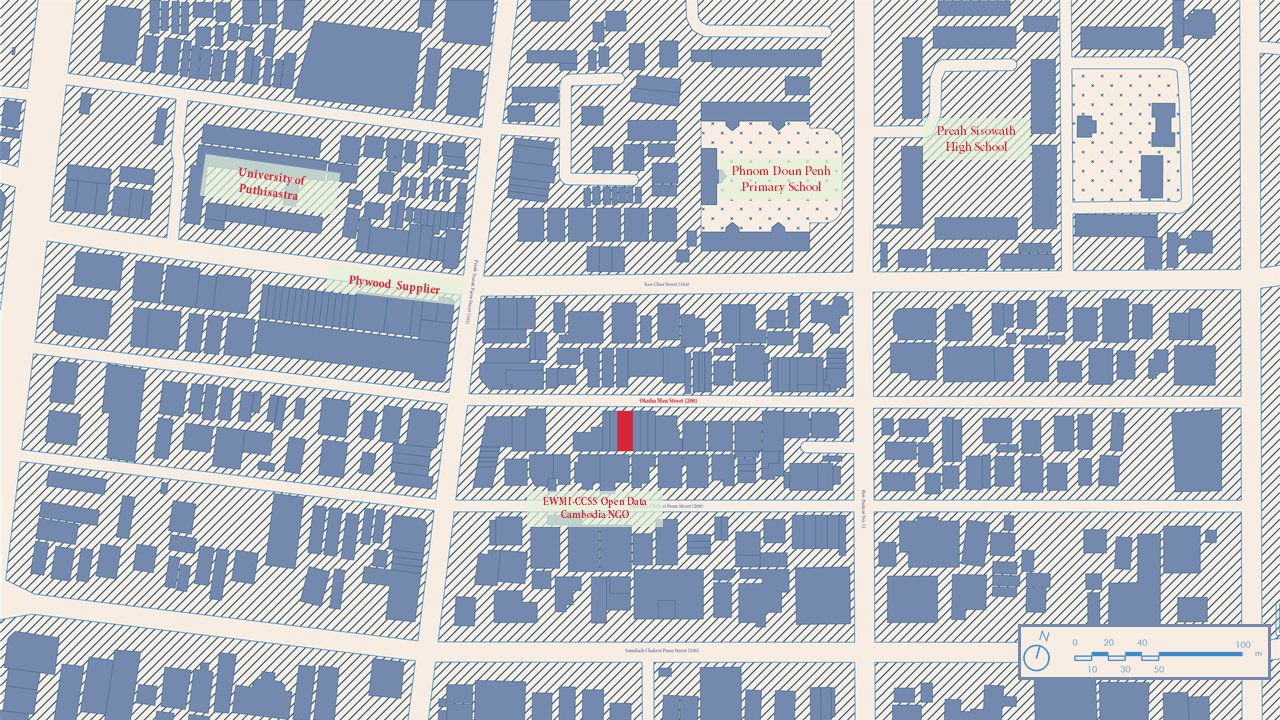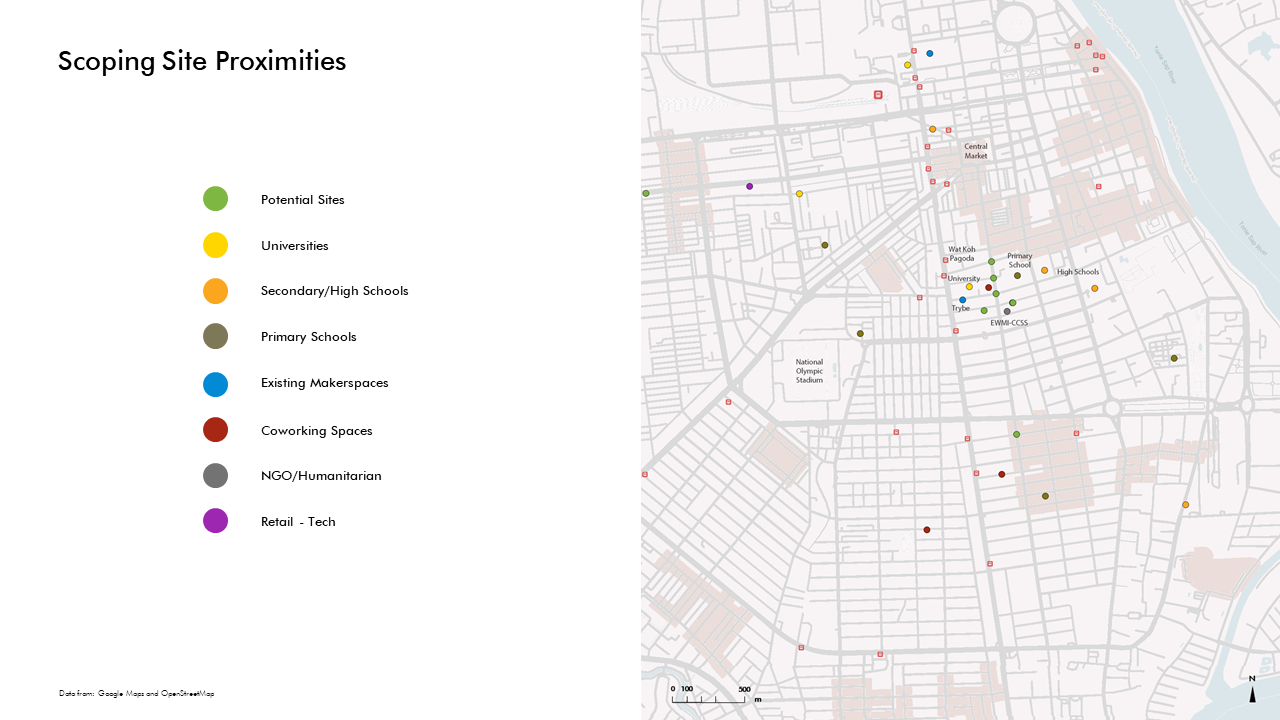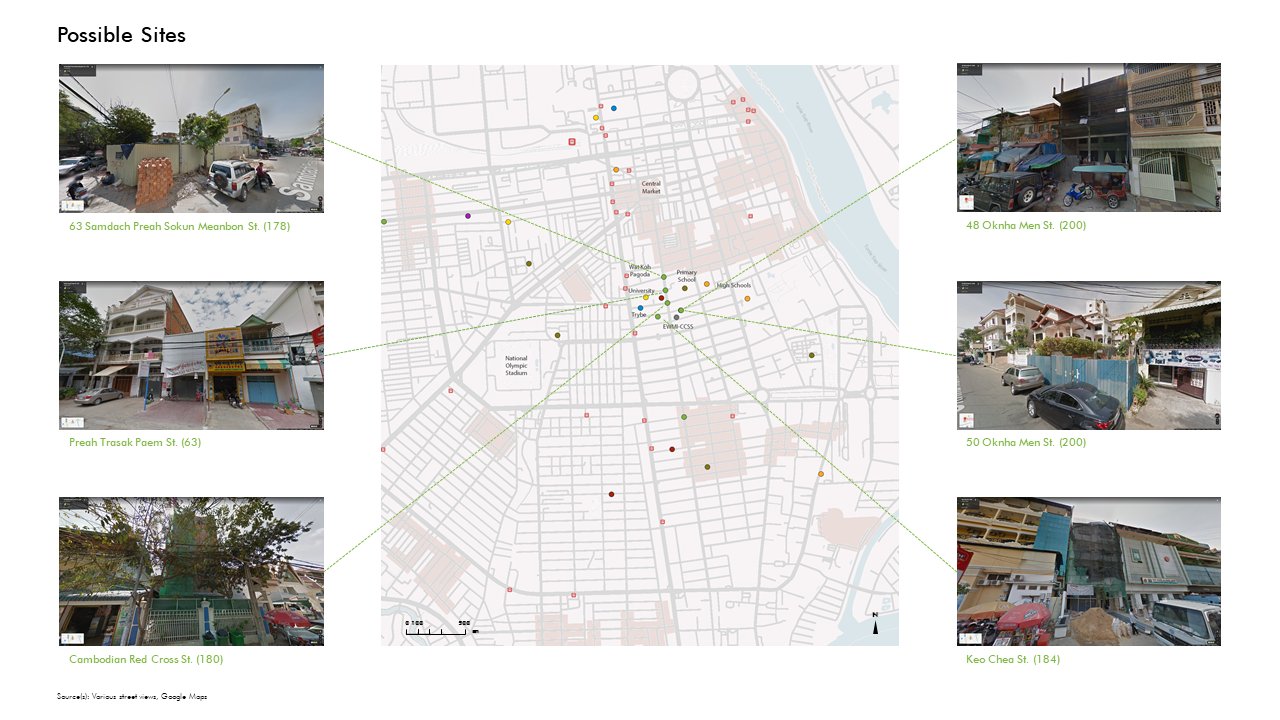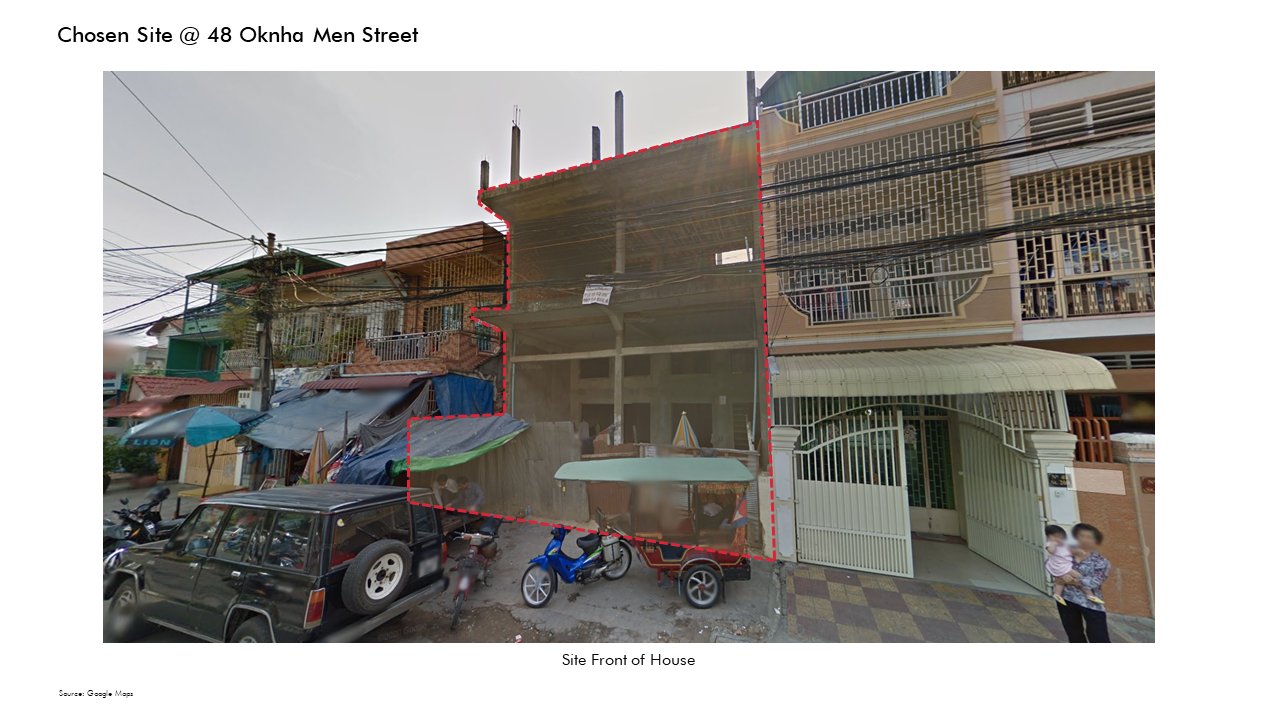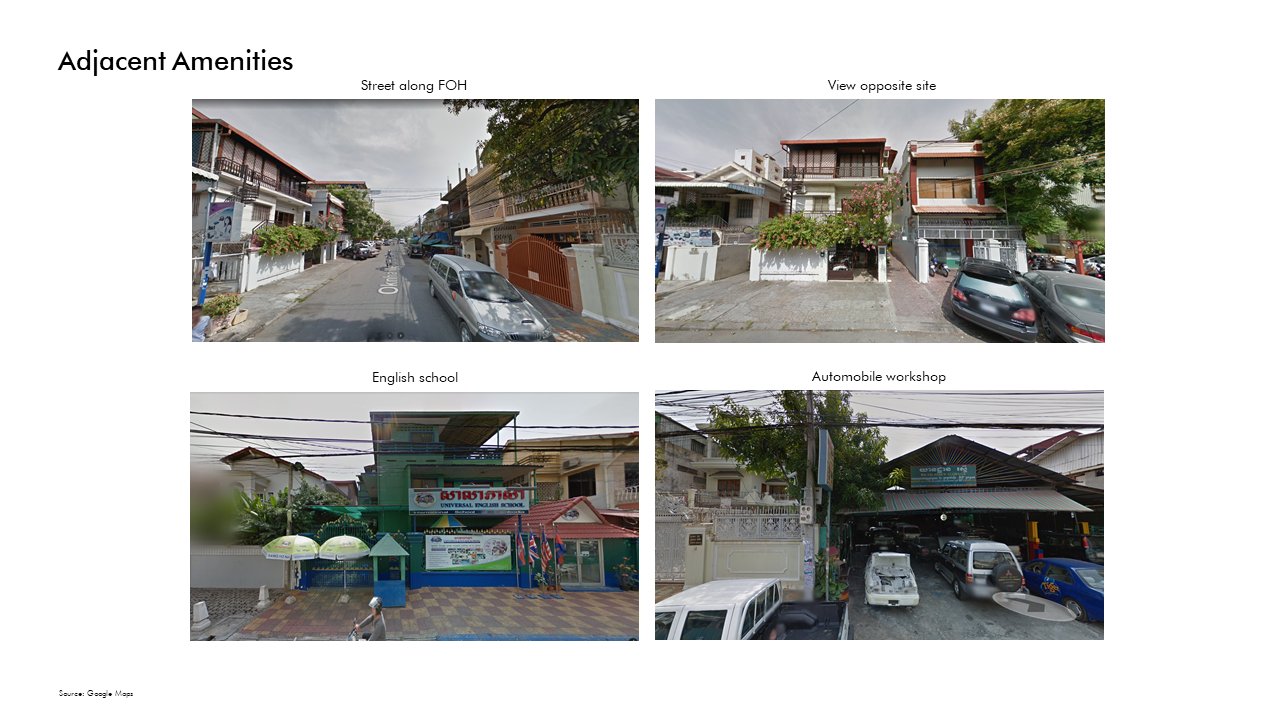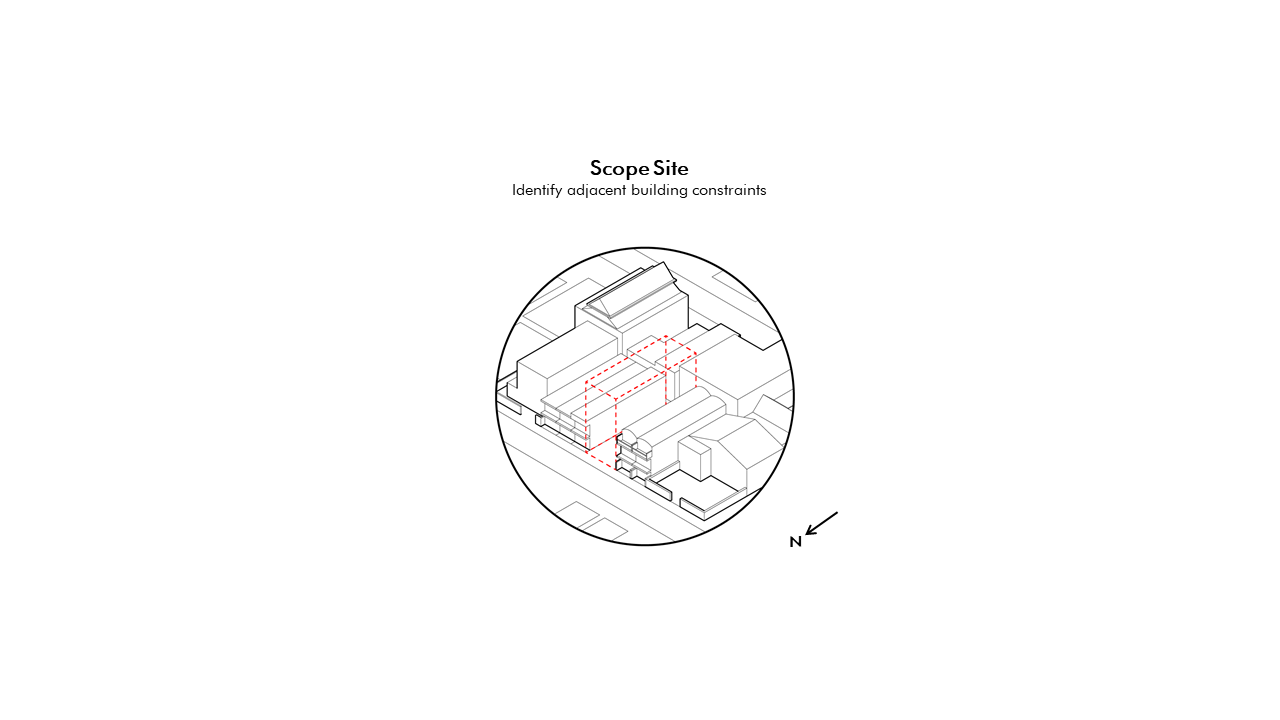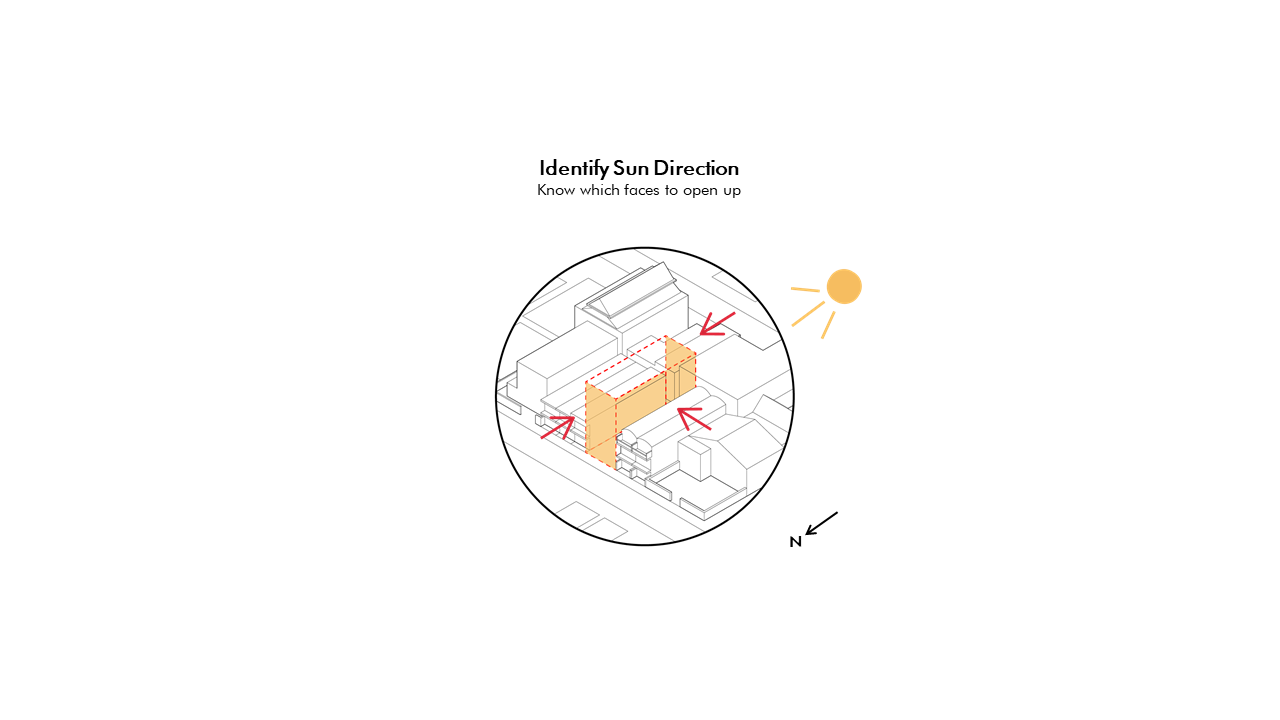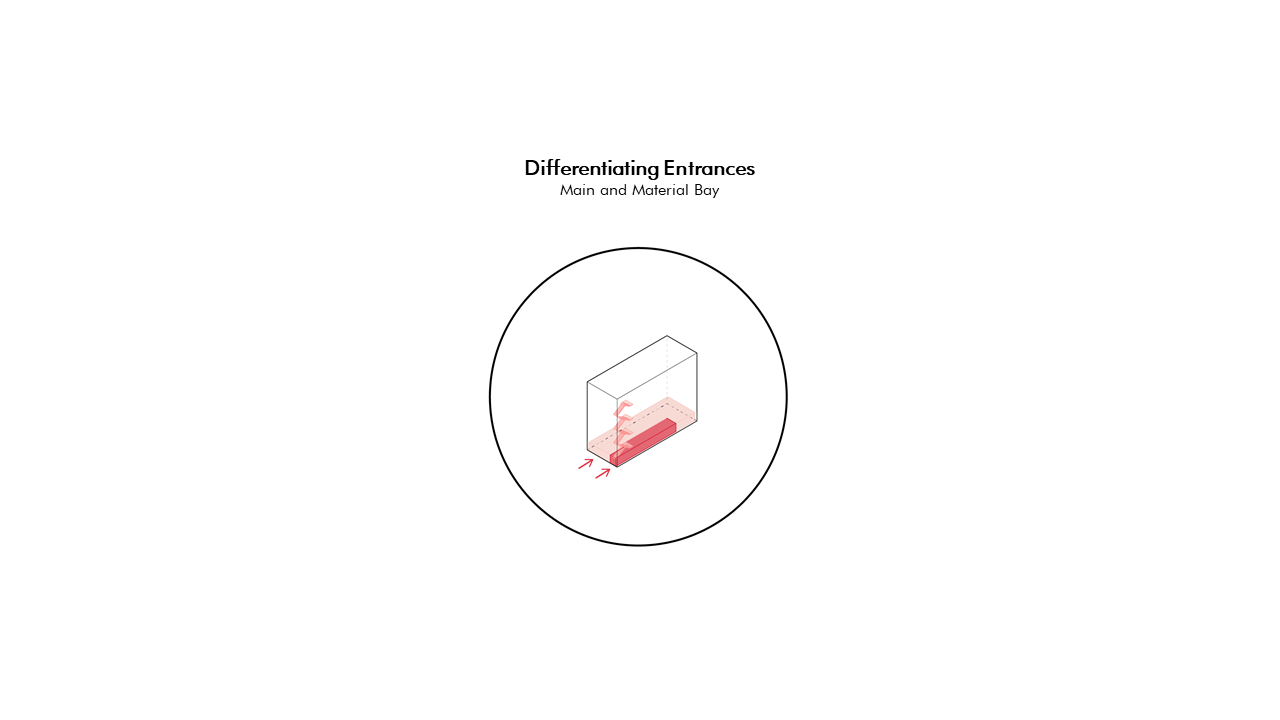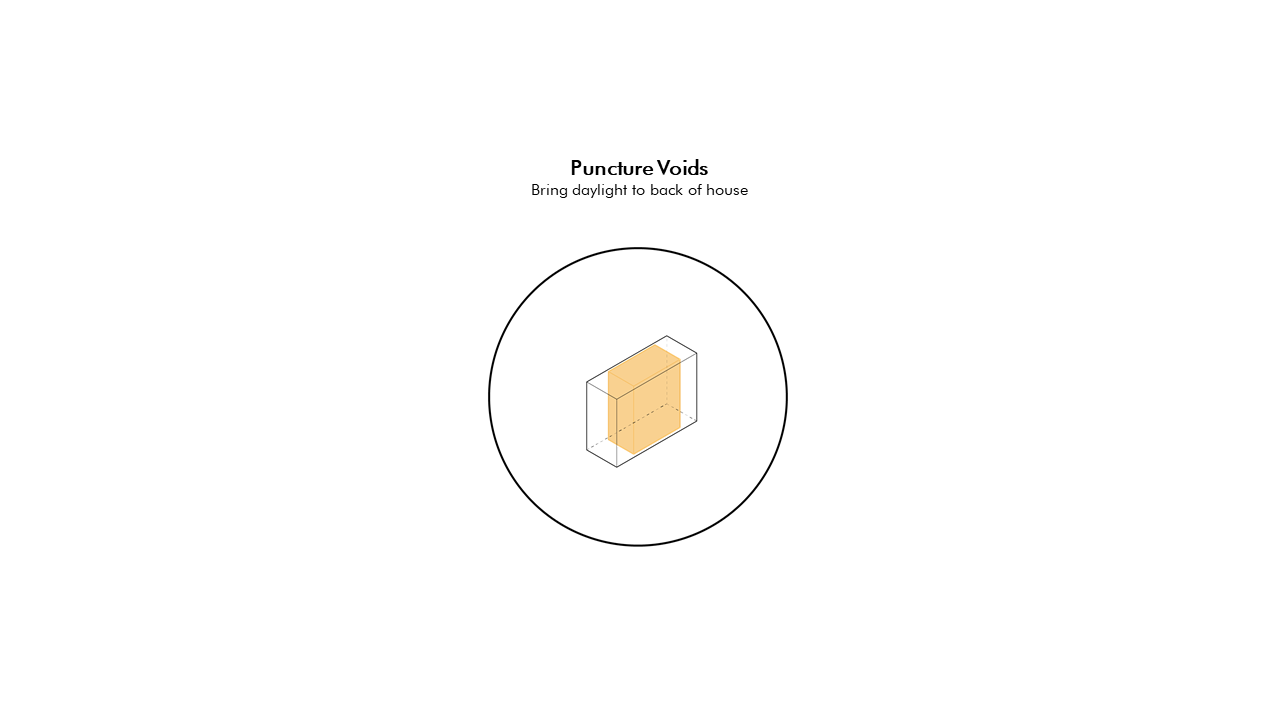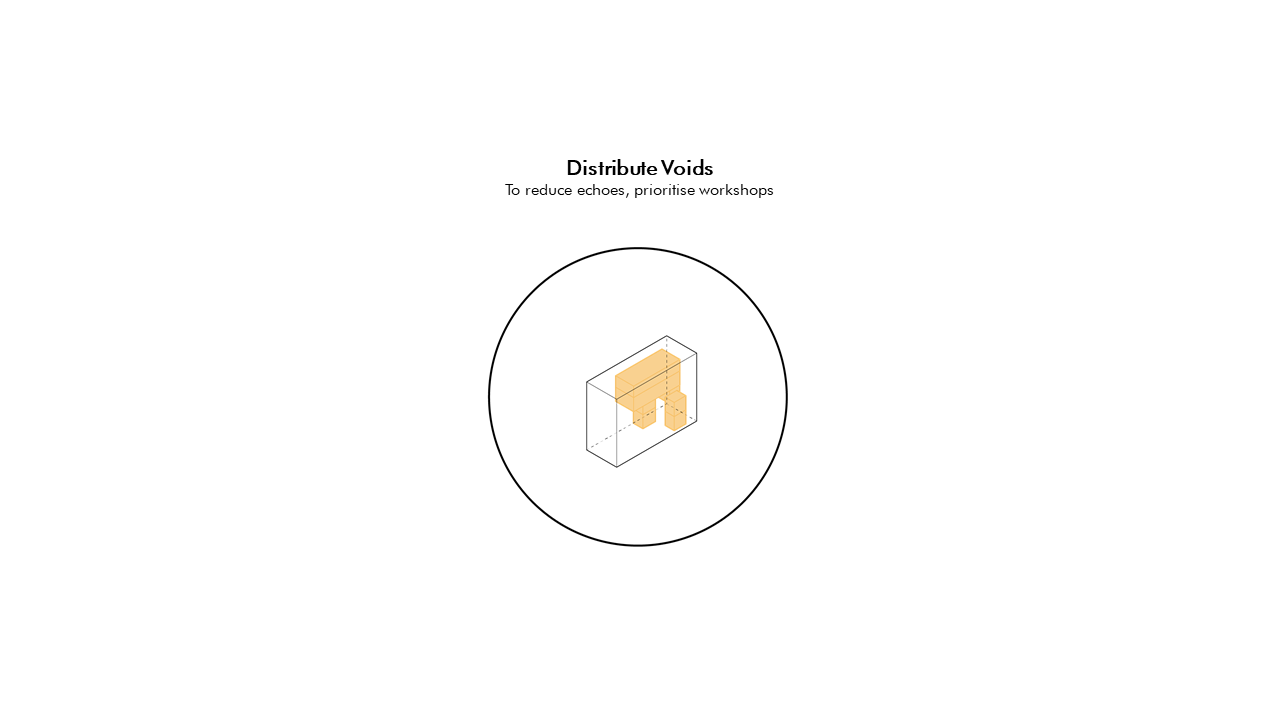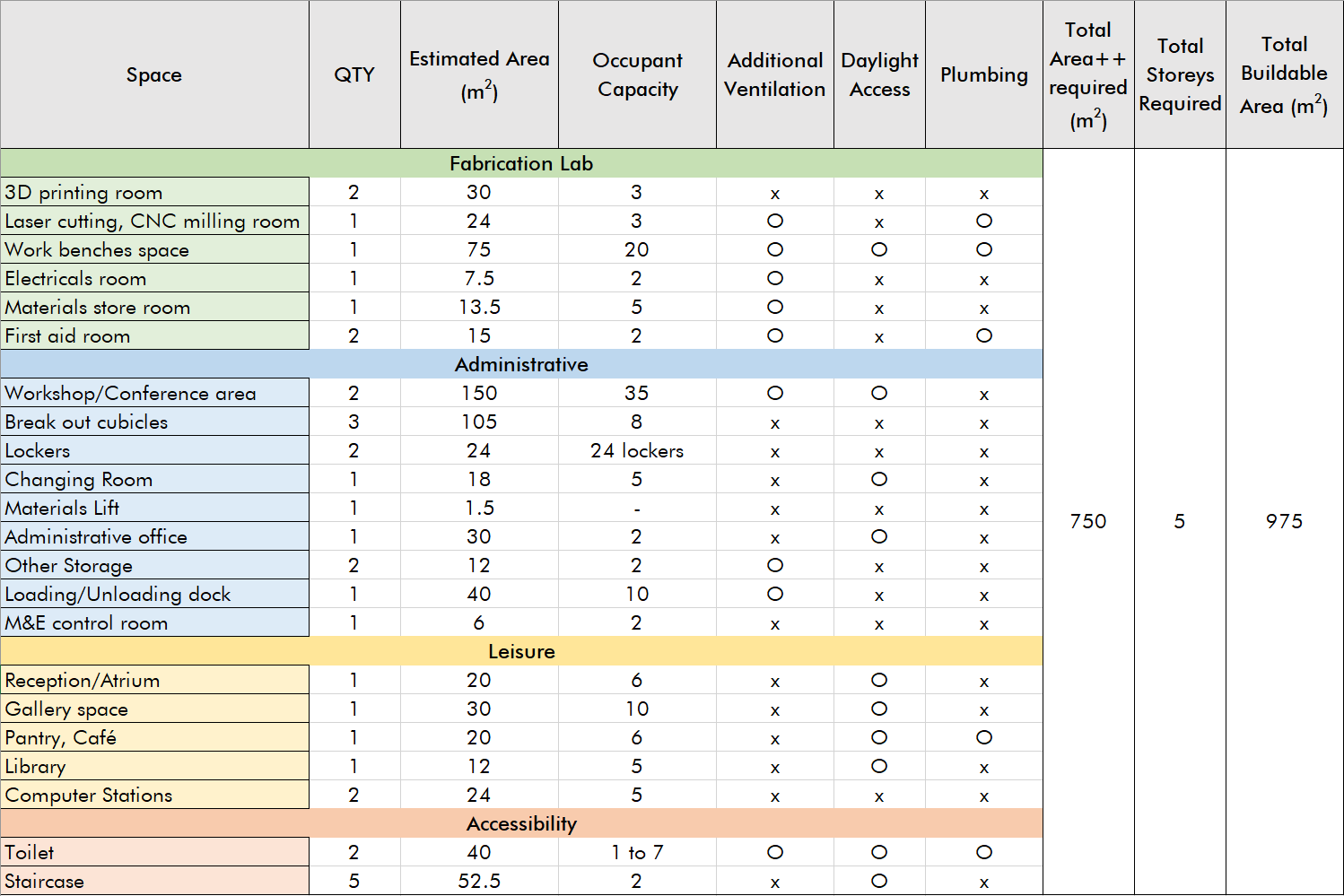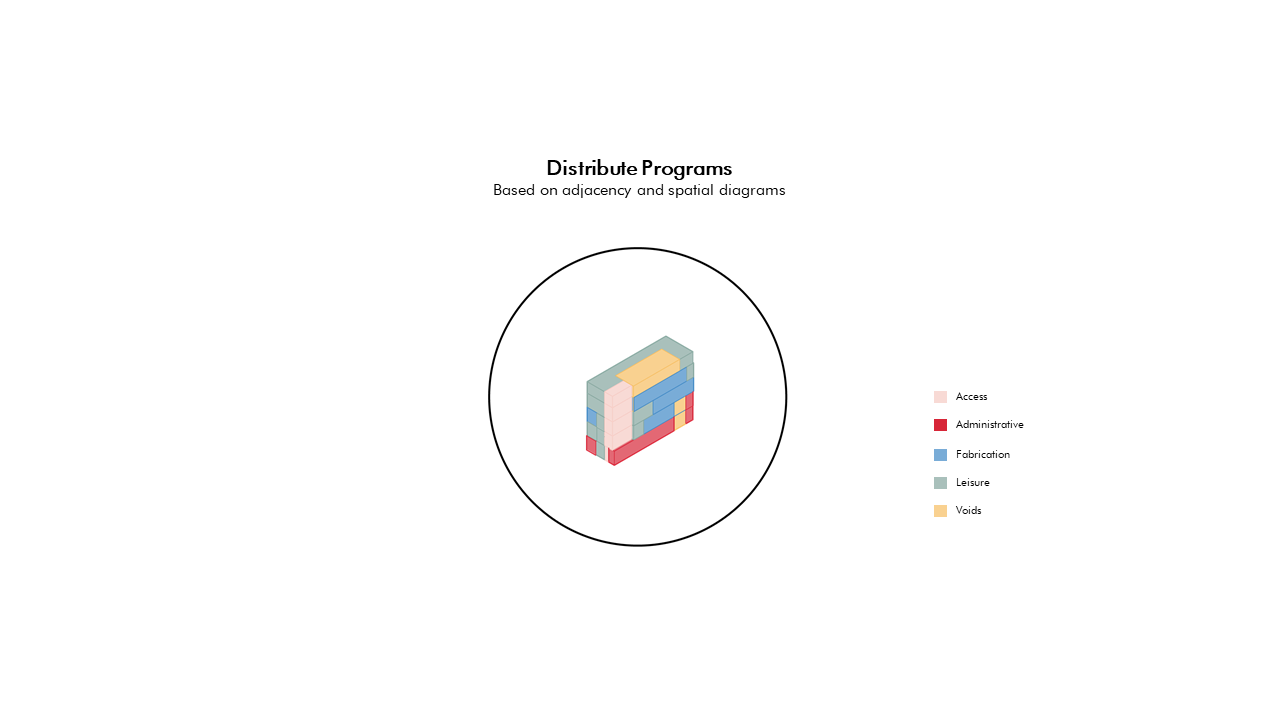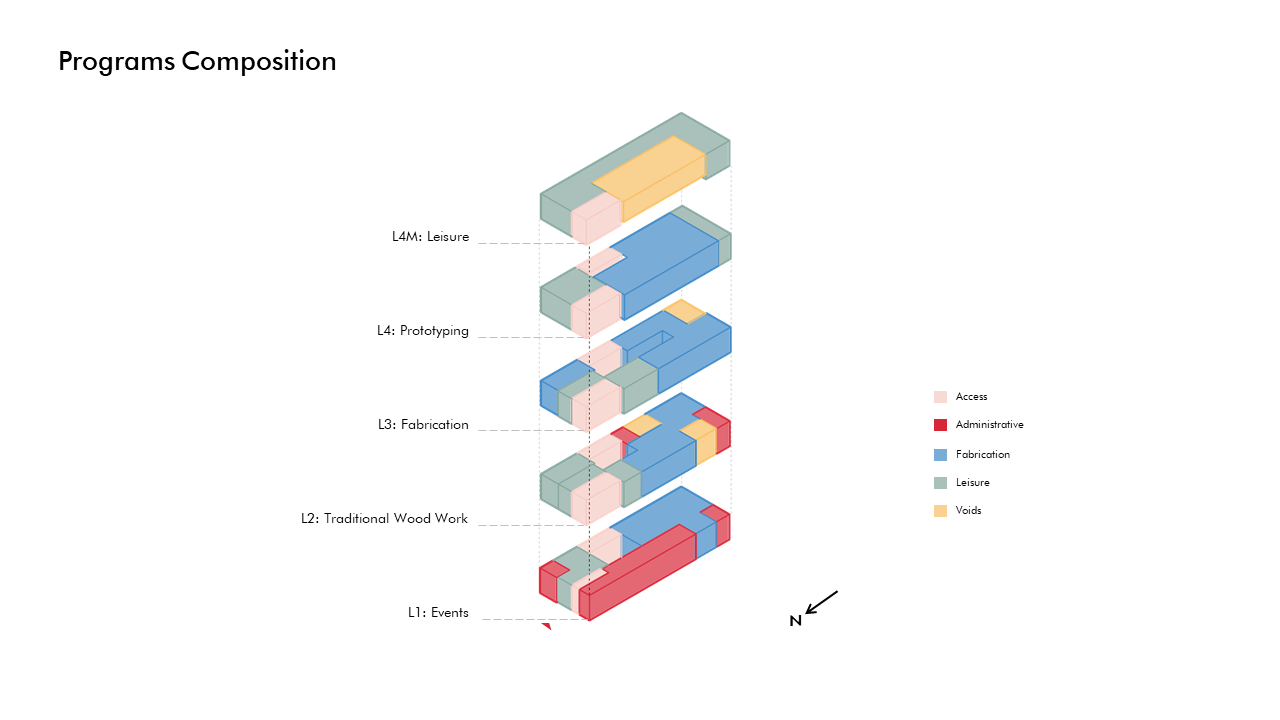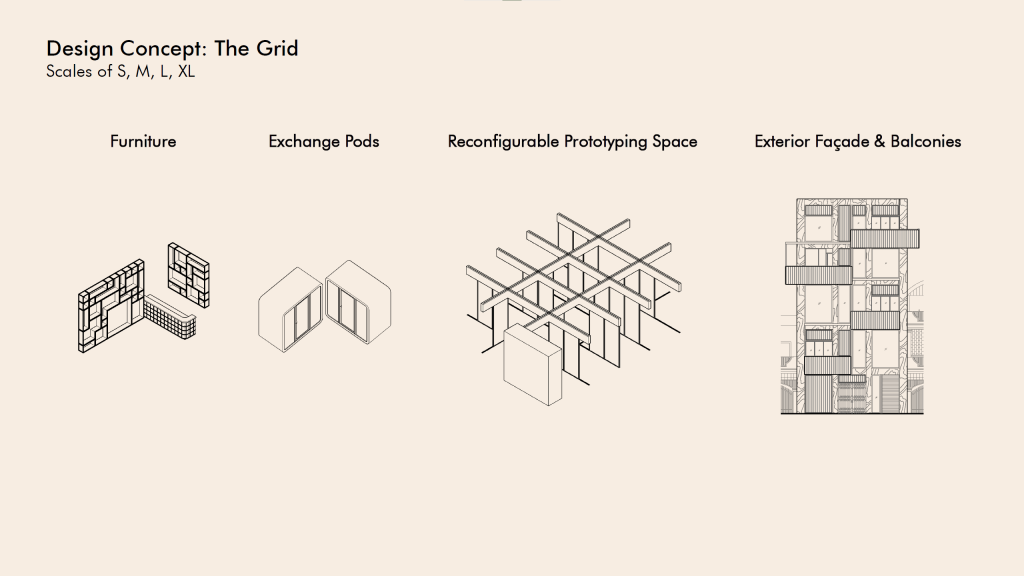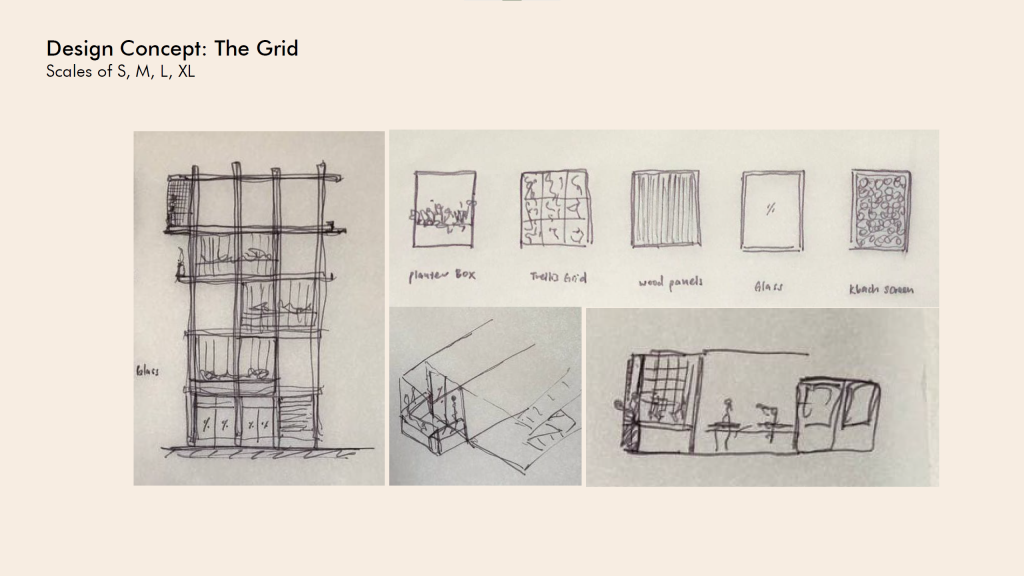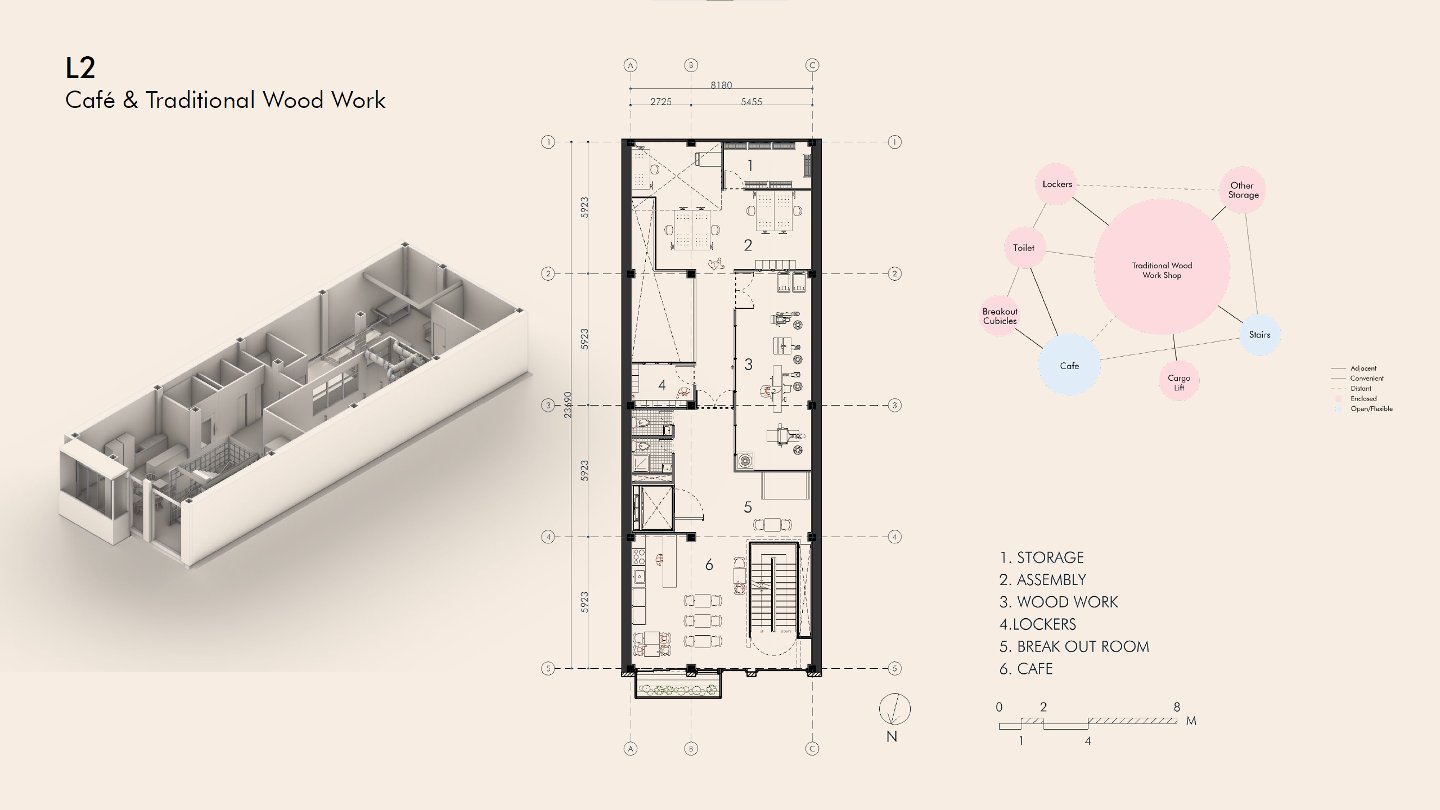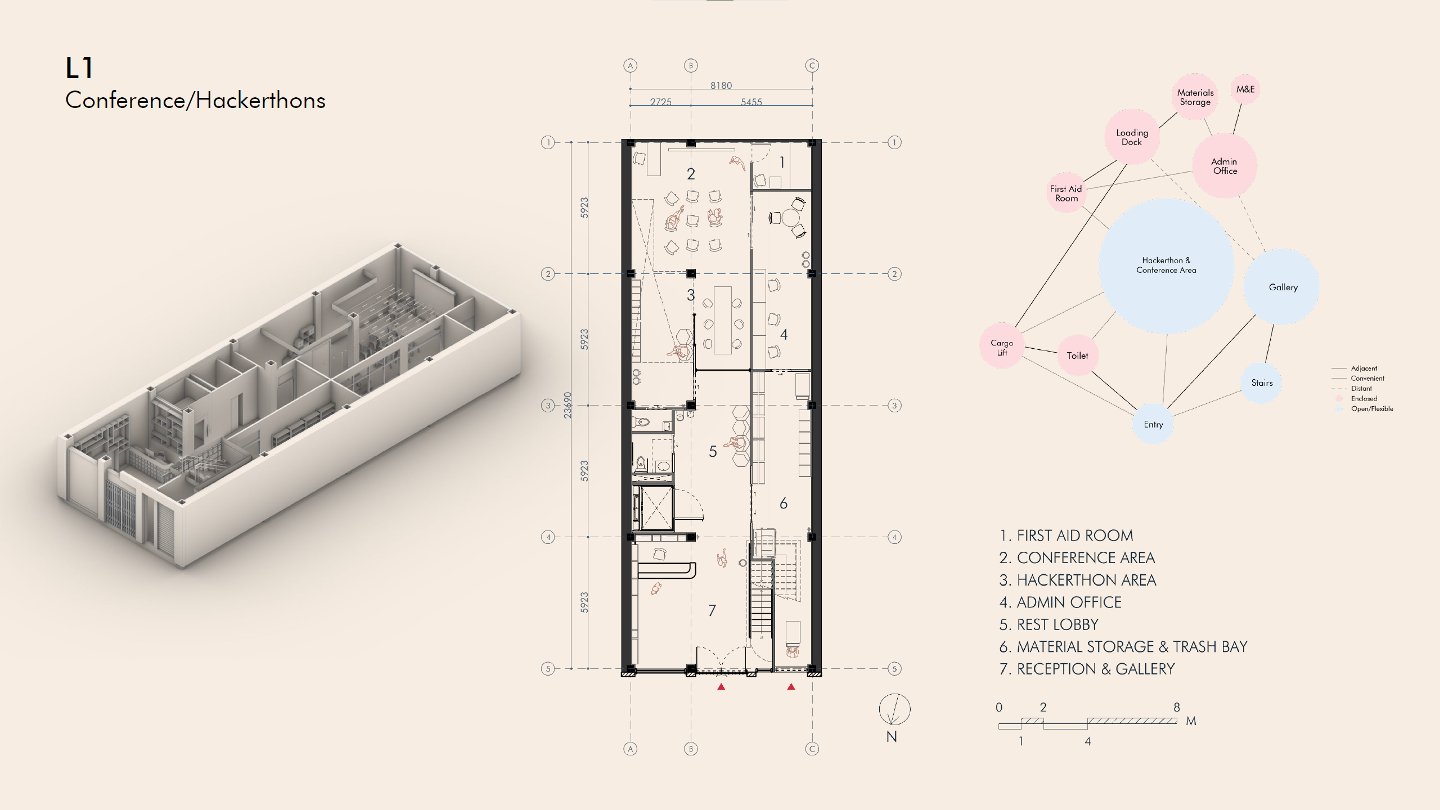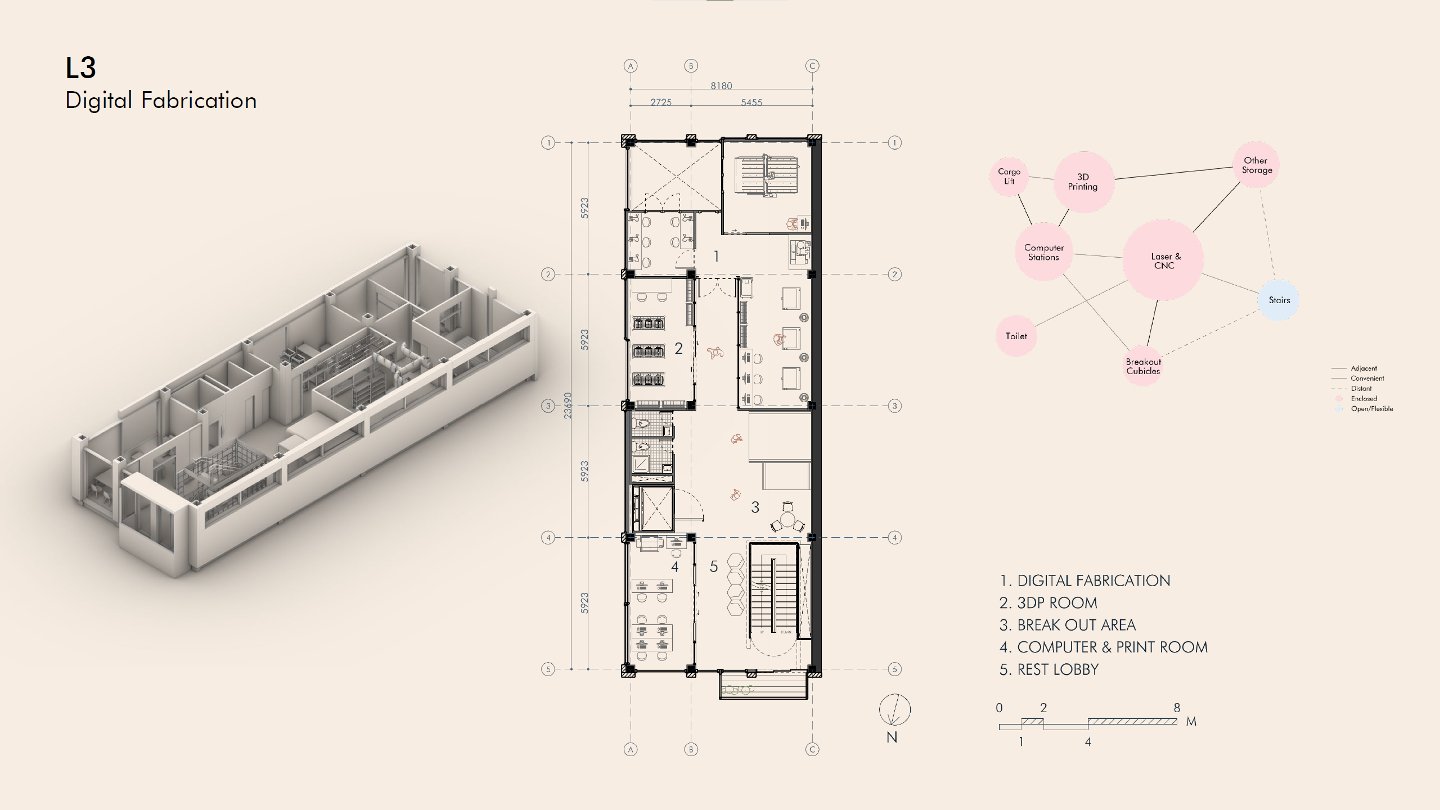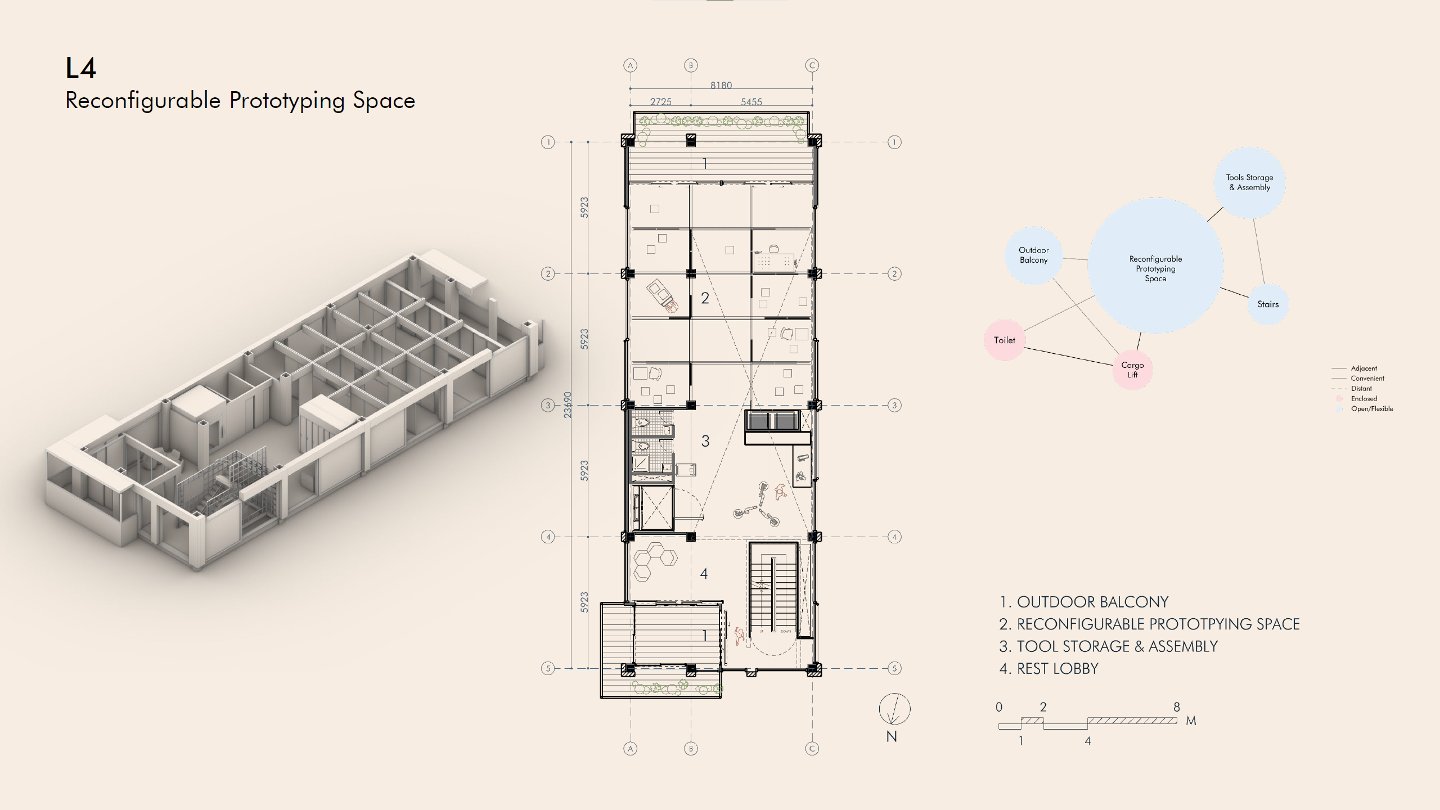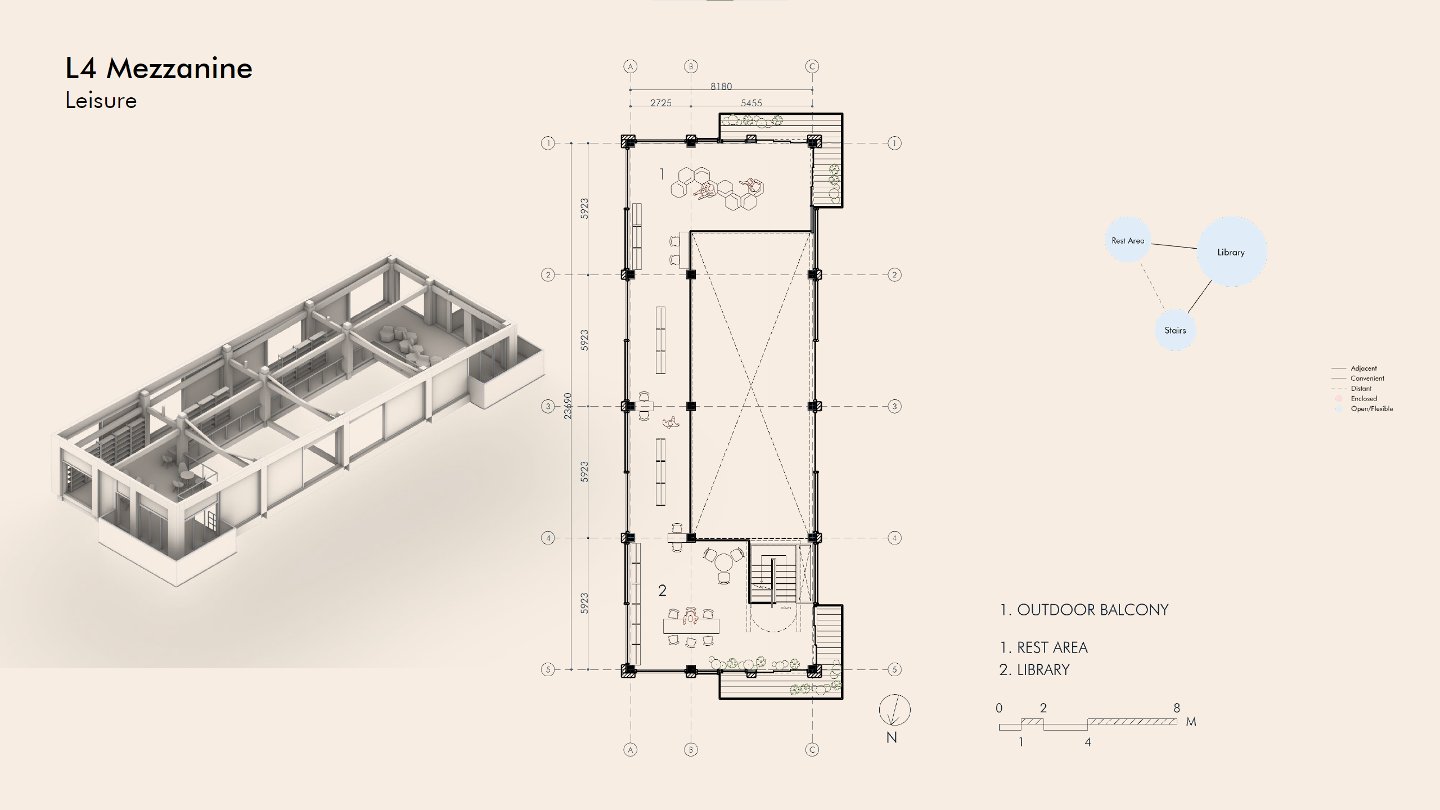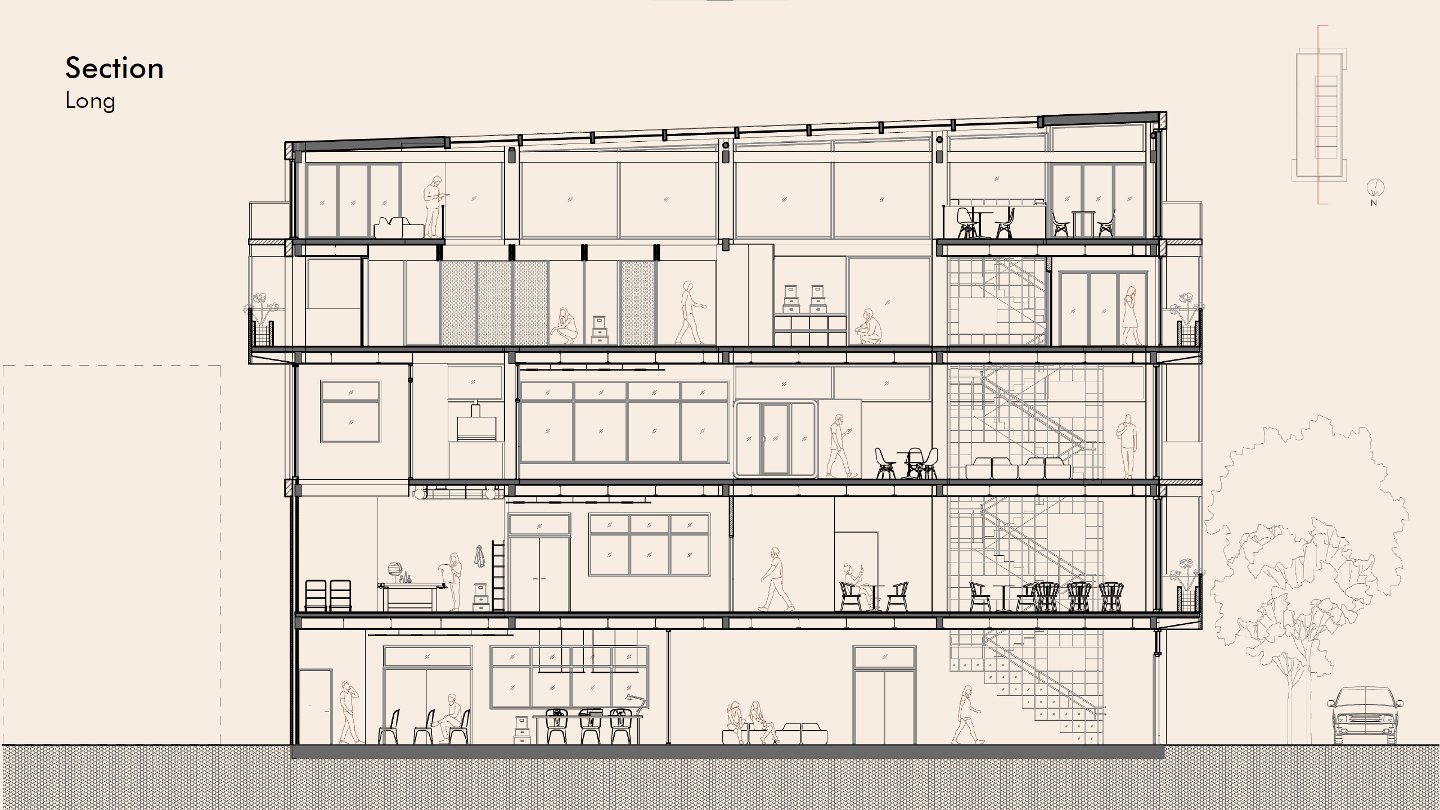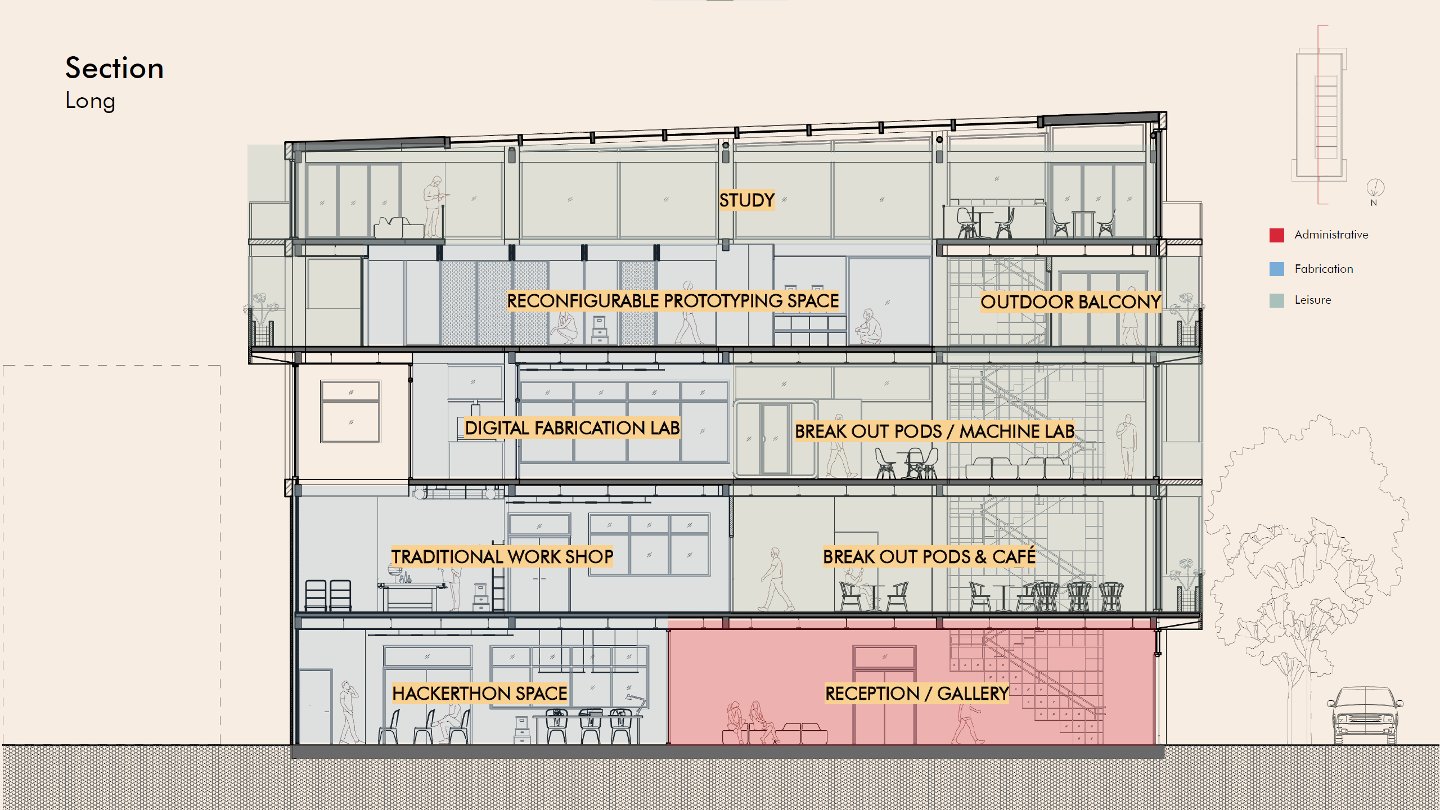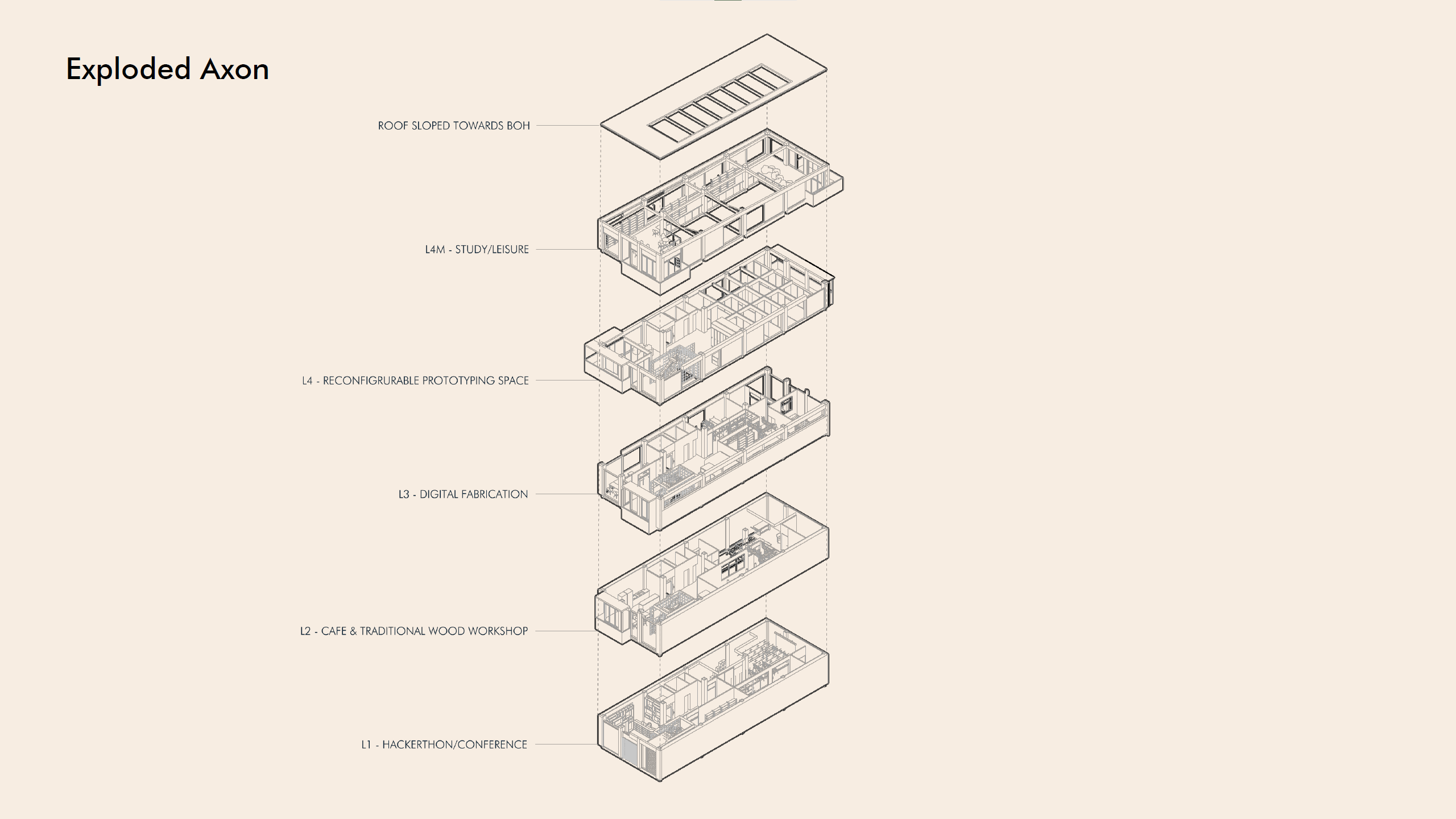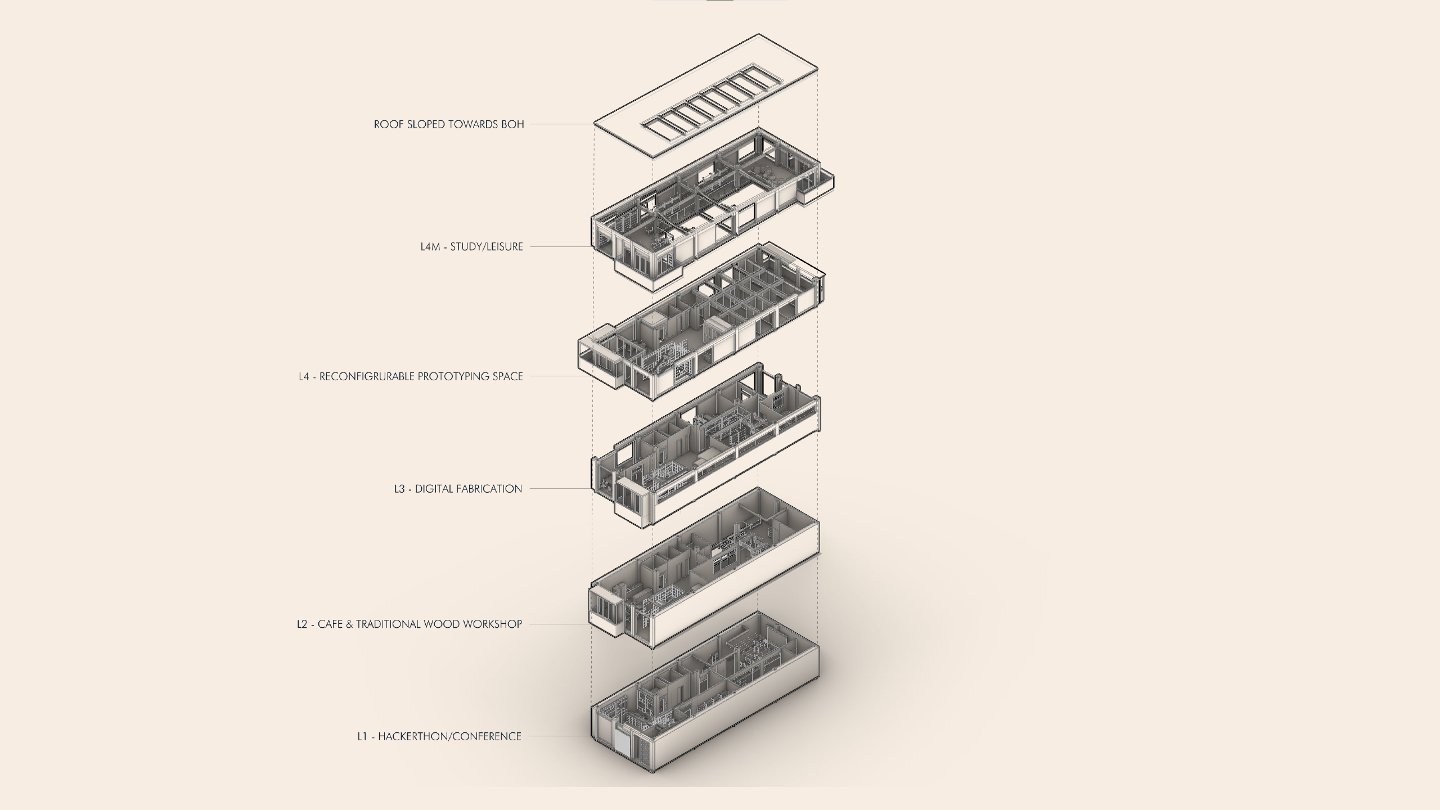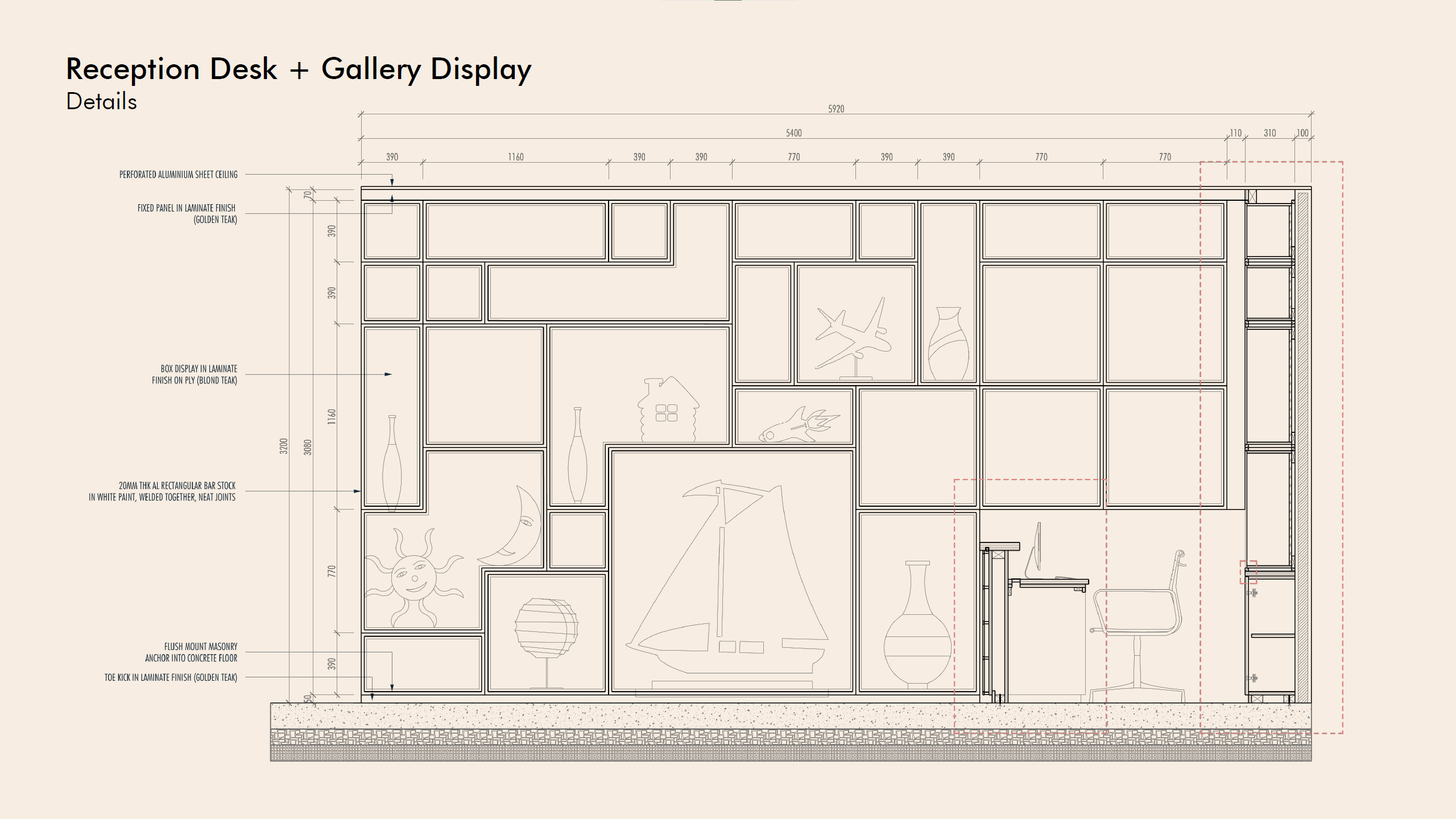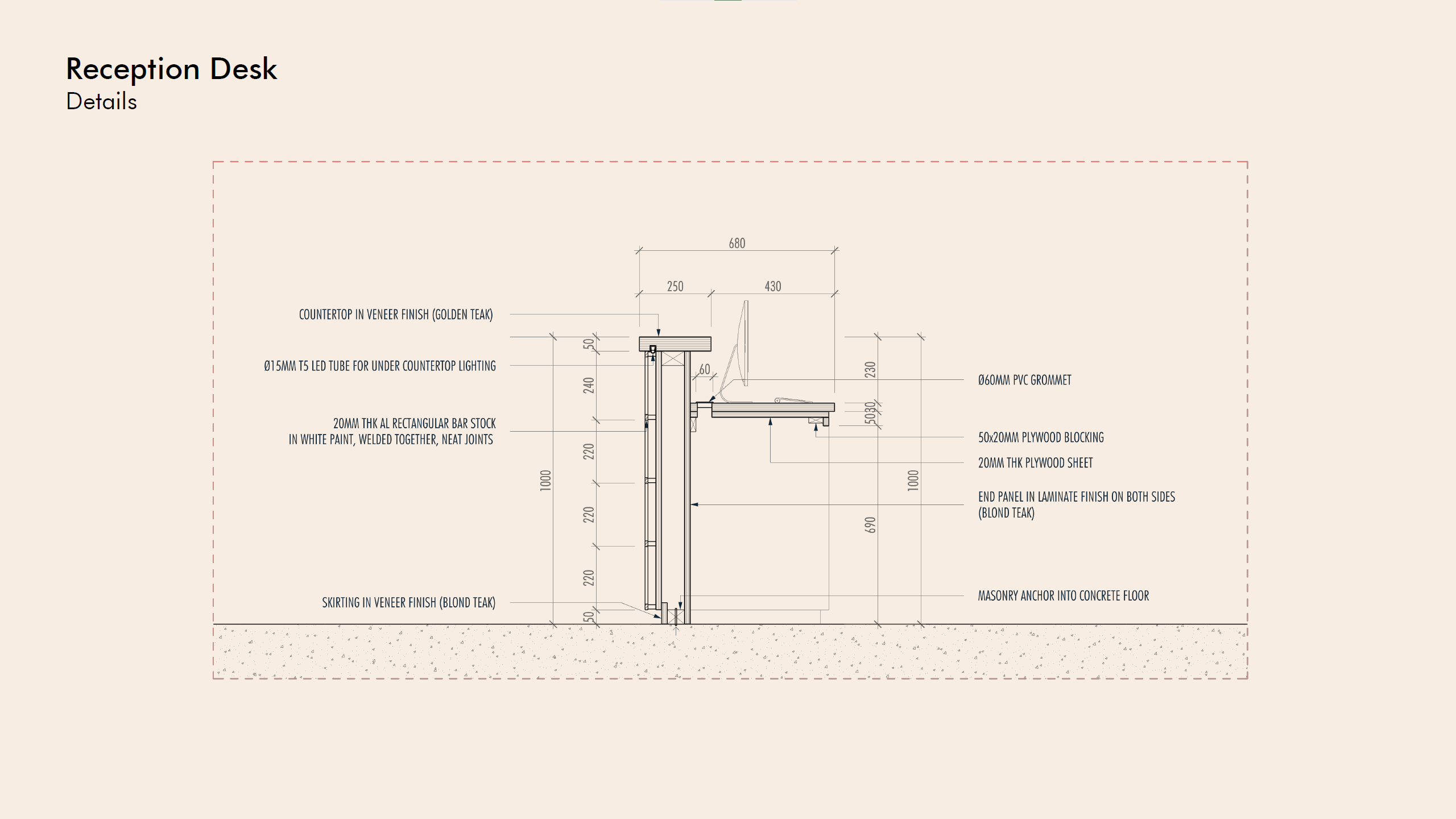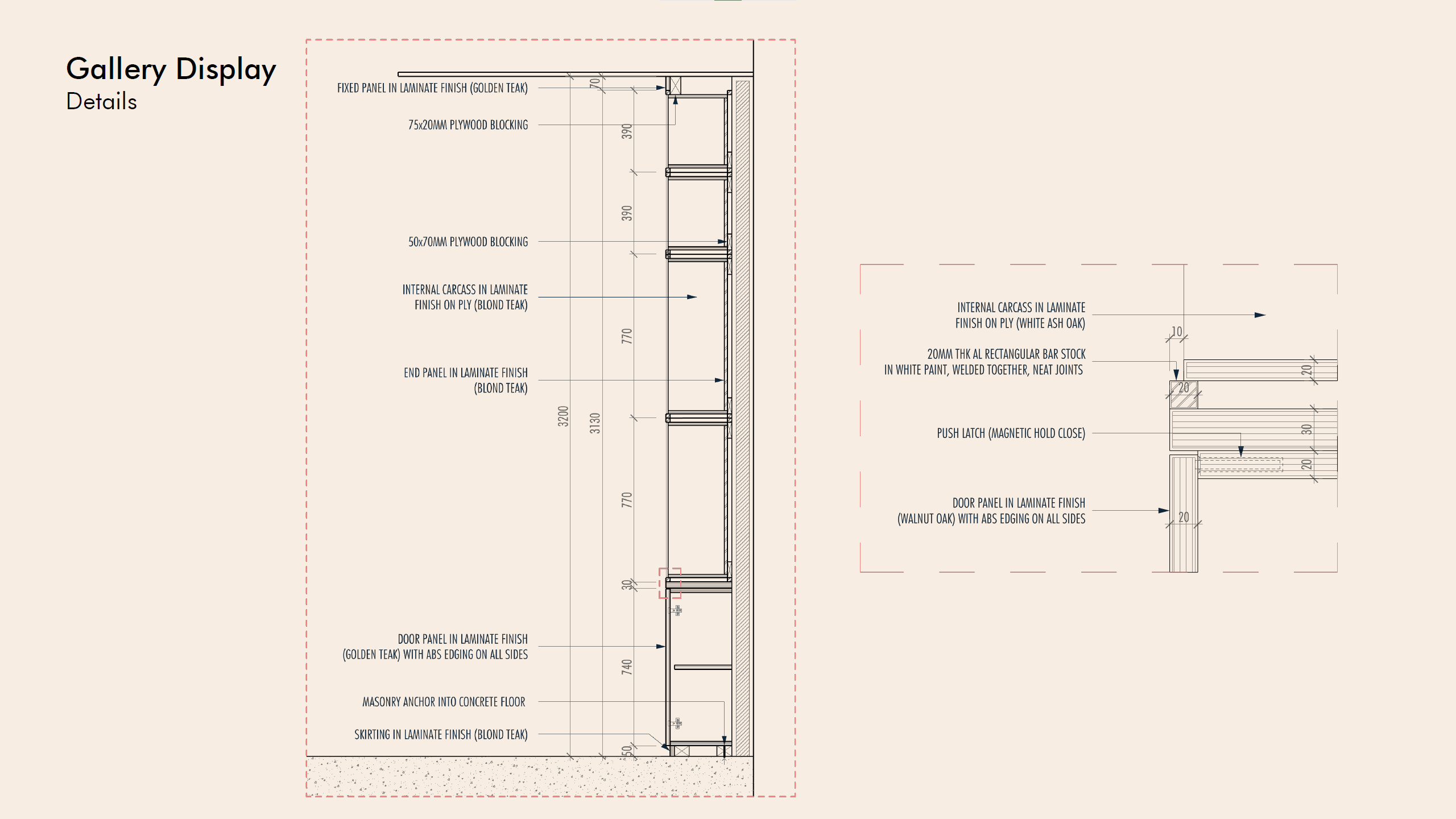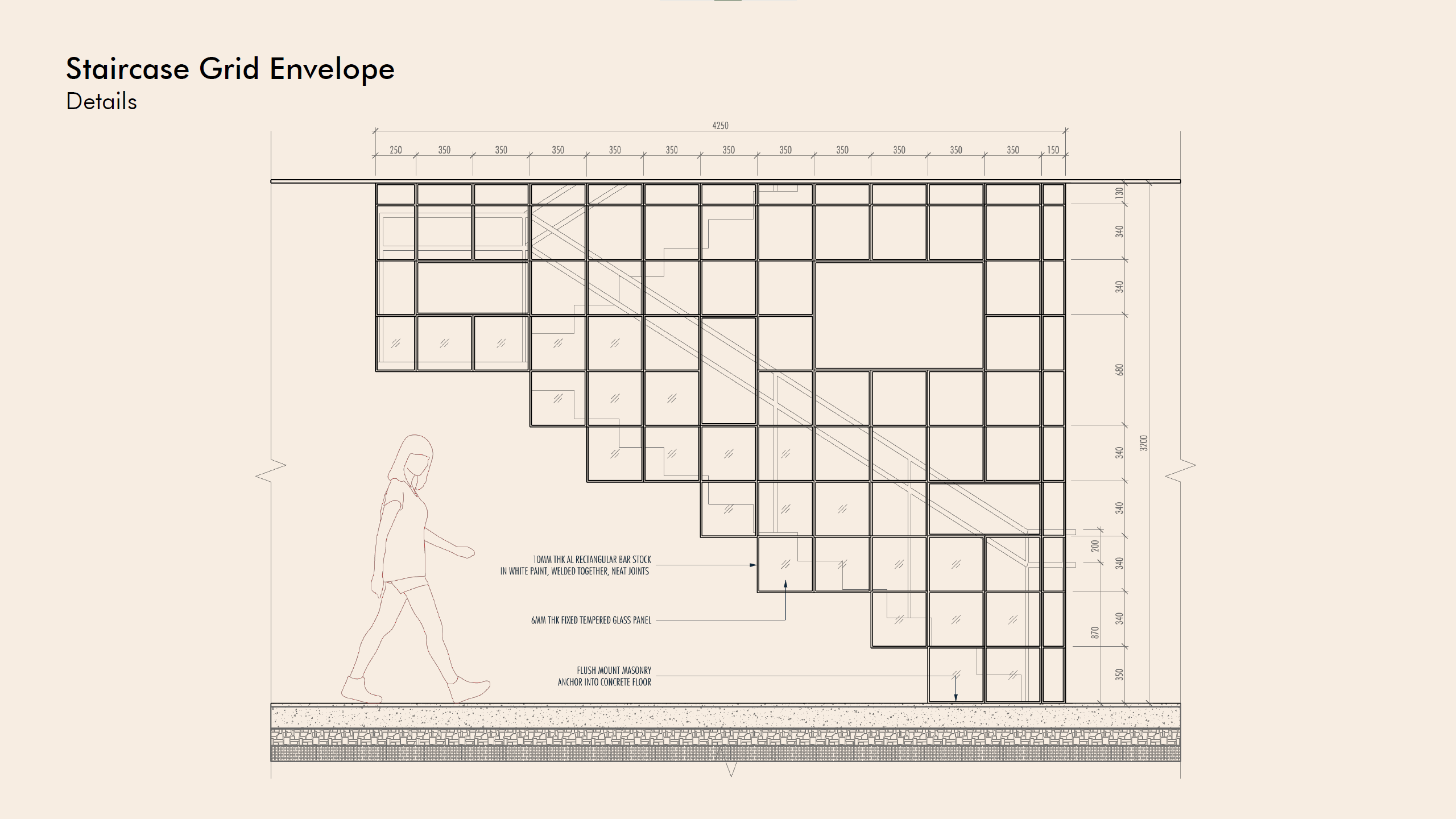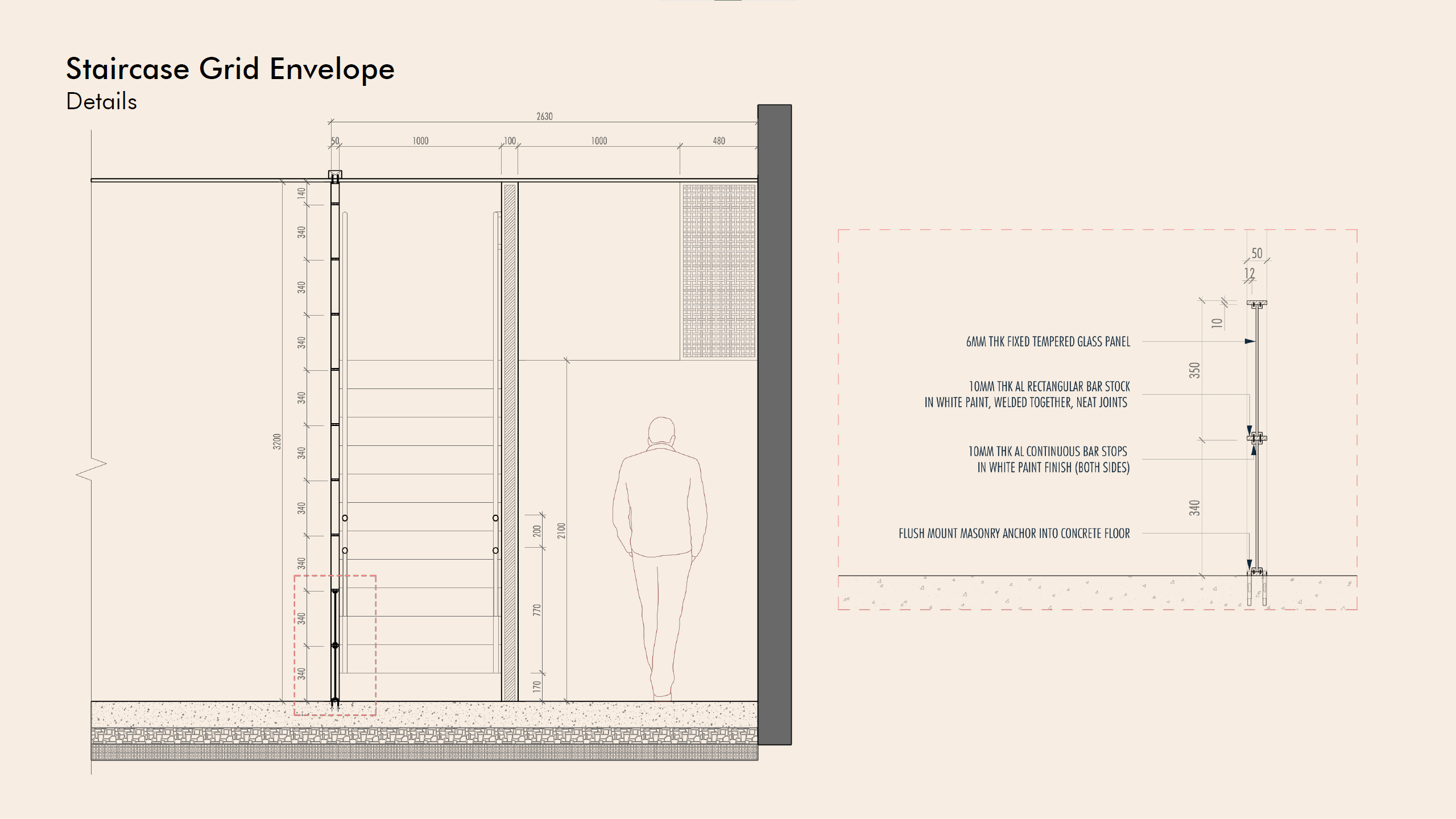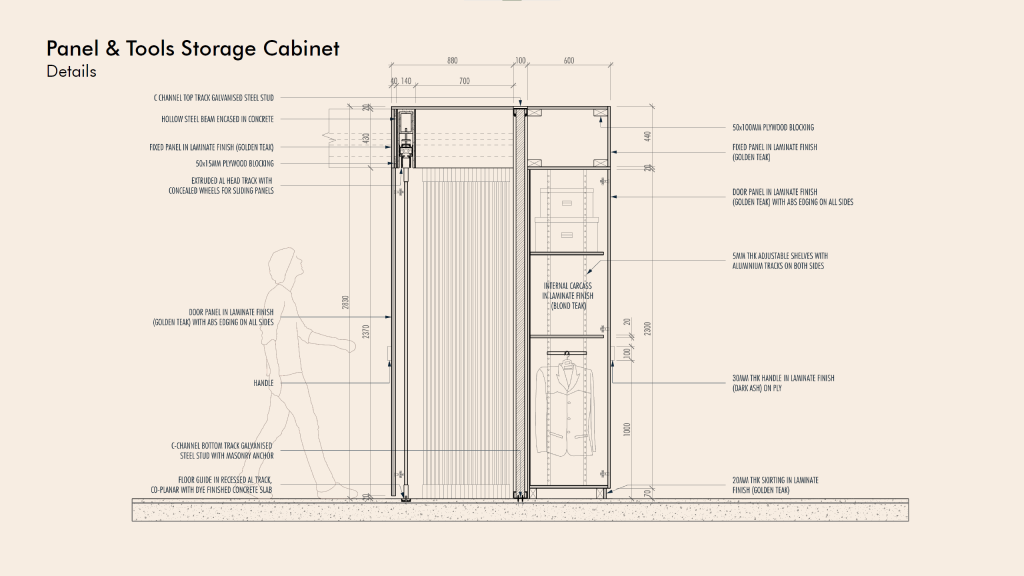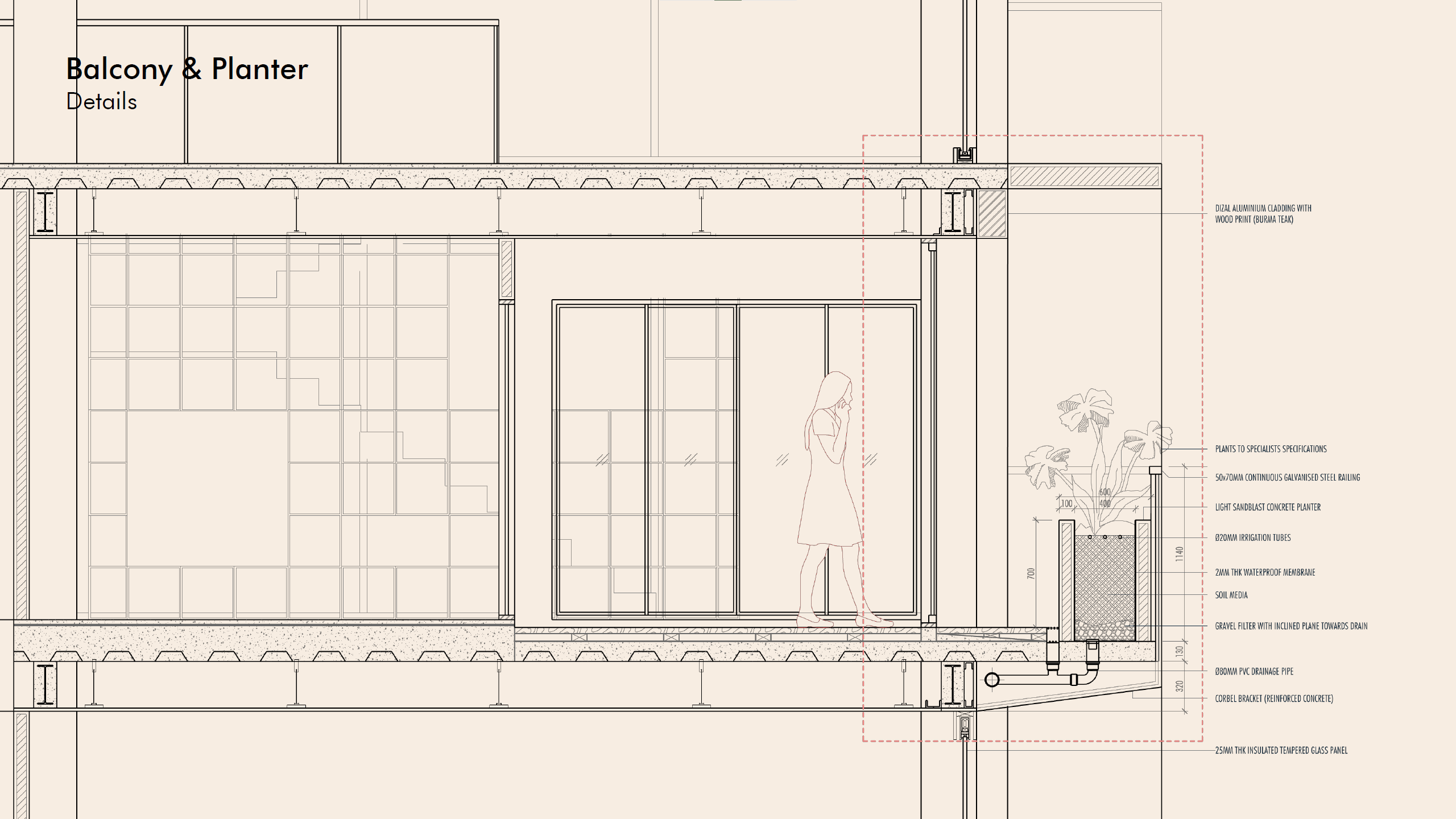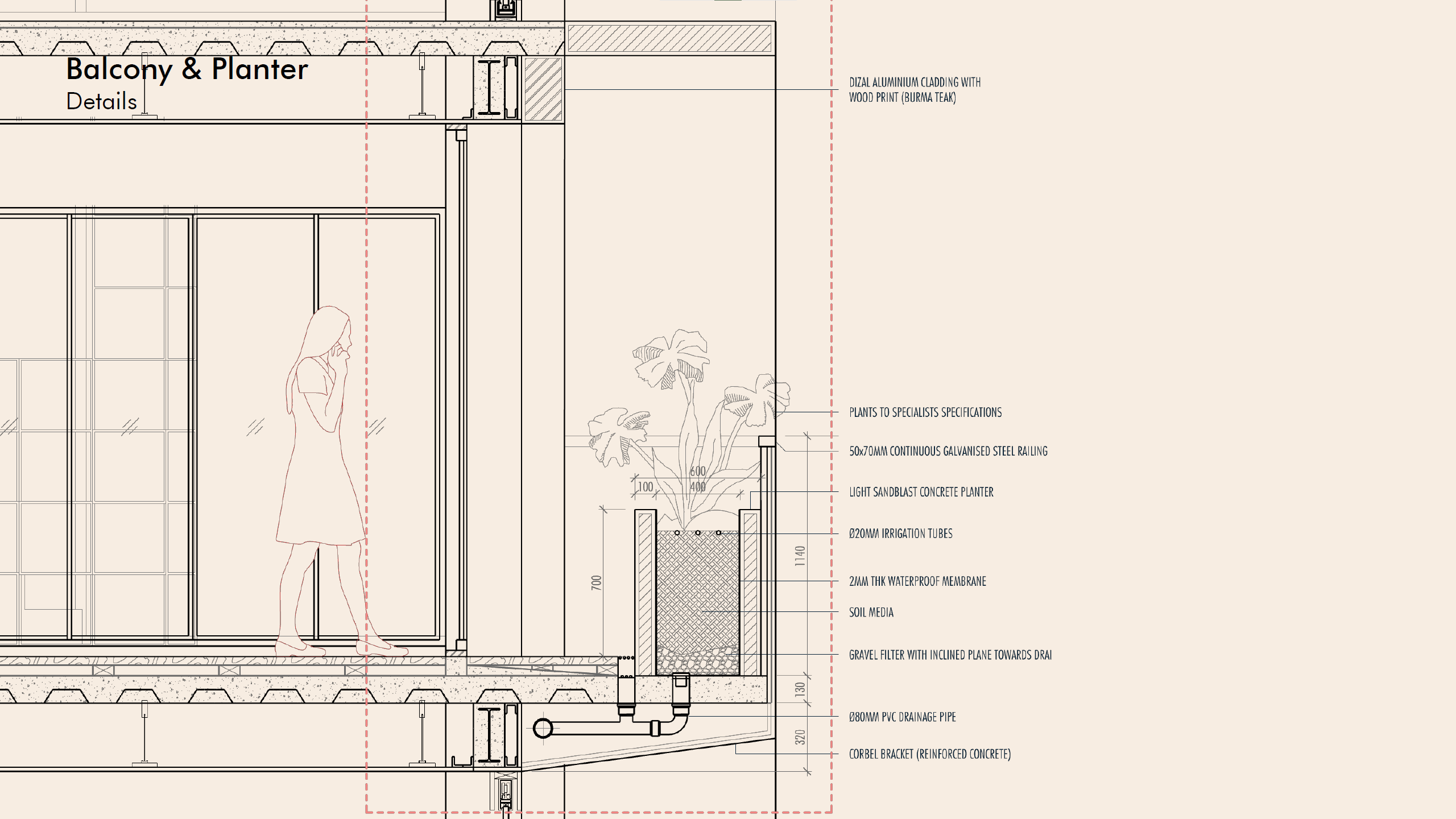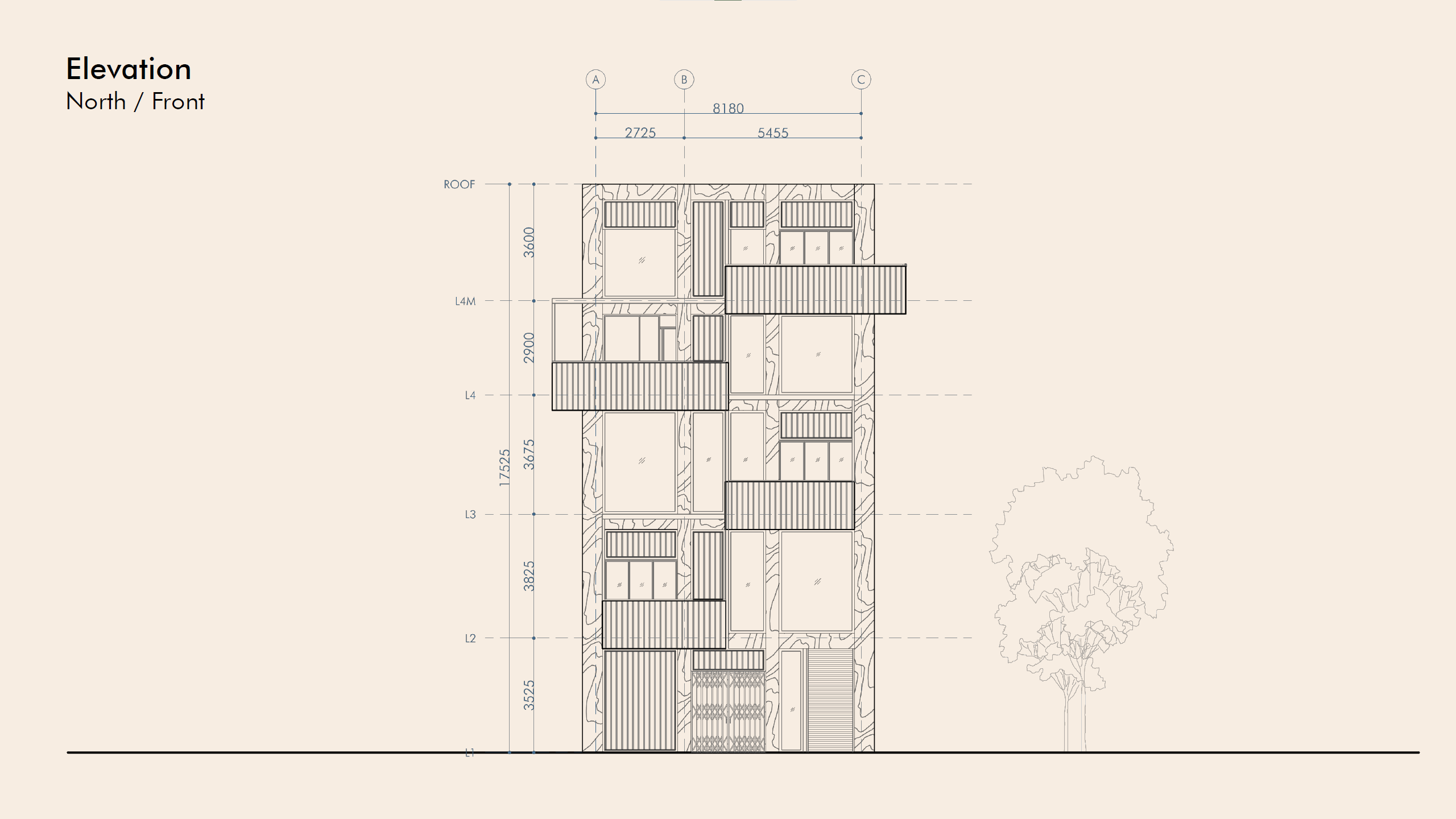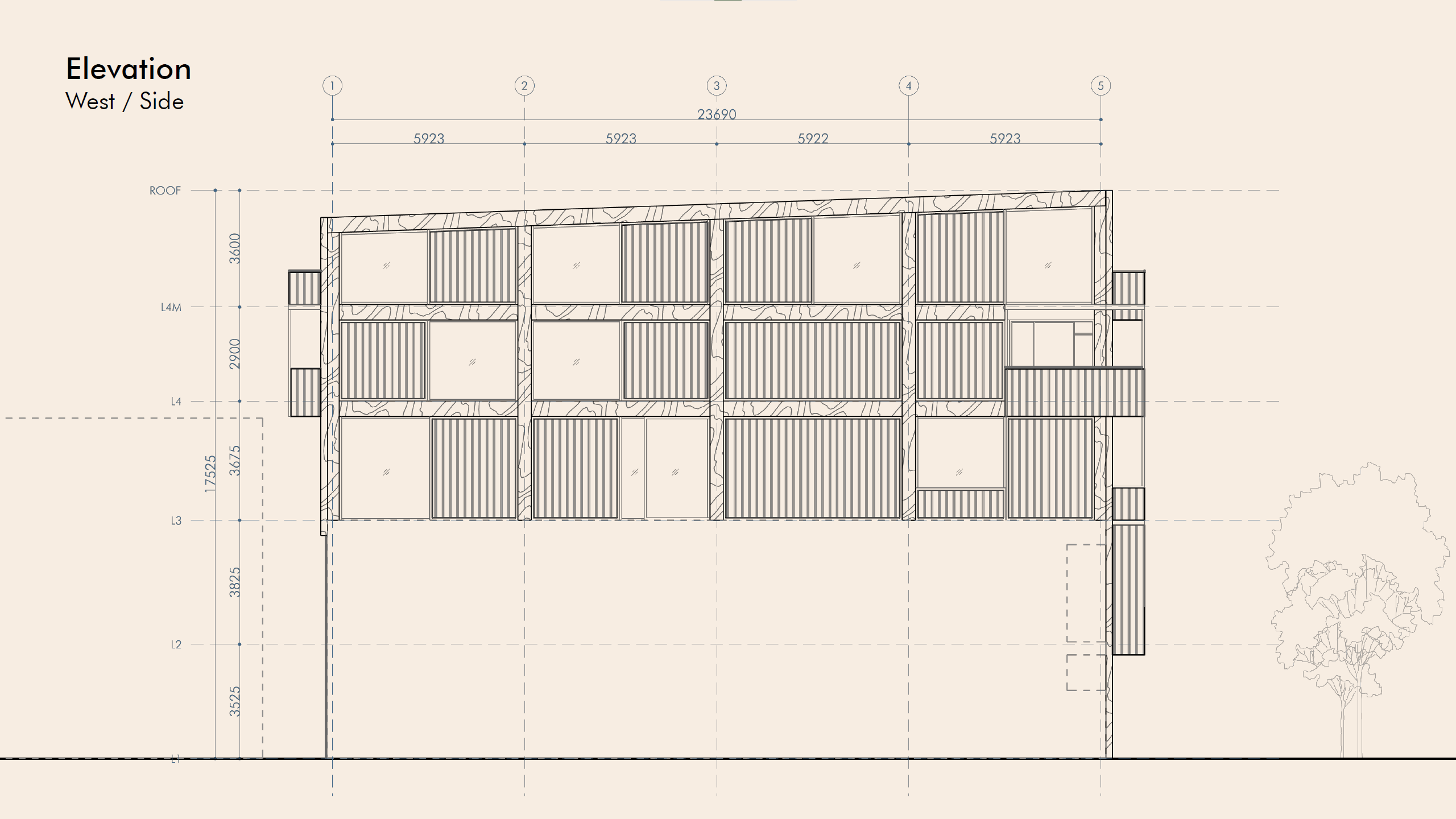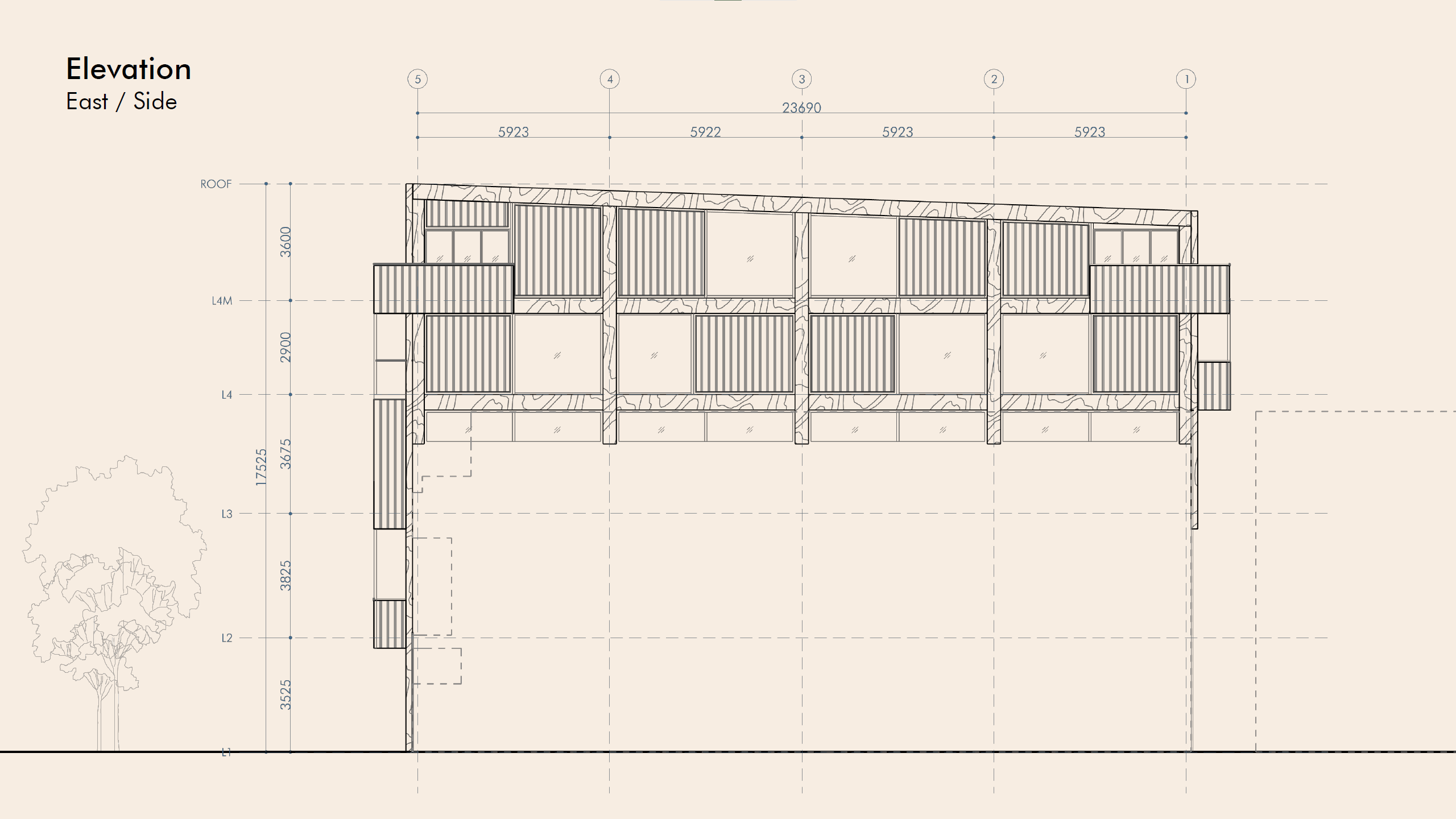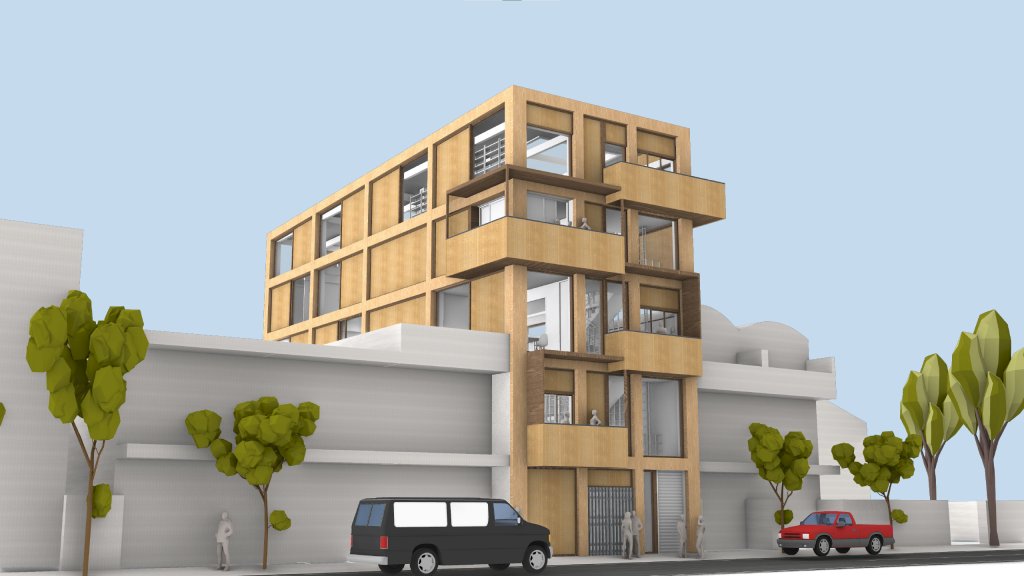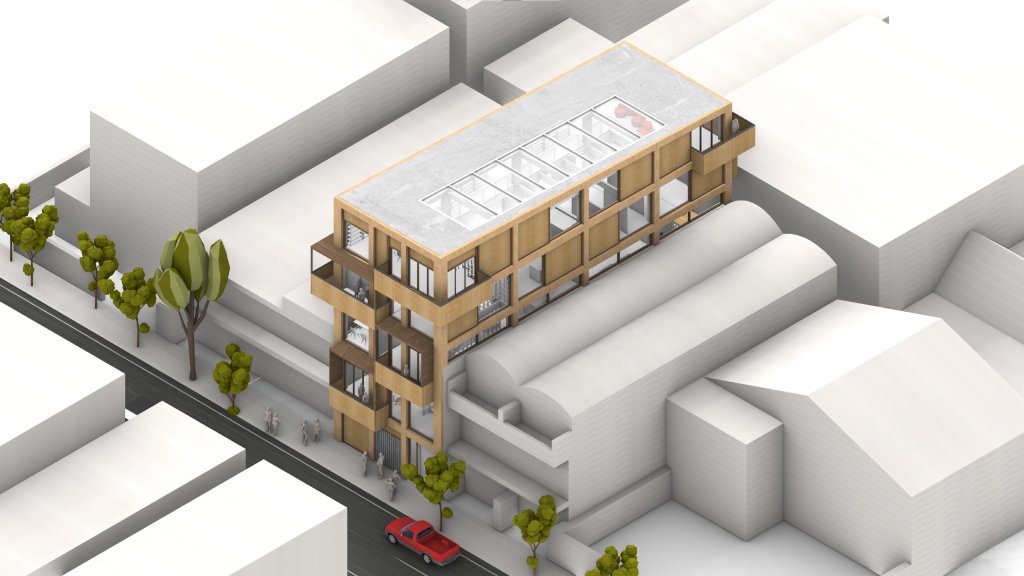Final | Phnom Penh, Cambodia | Makerspace for Youths
by Yeo_Kai_Lin
I am designing a communal makerspace for youth in Phnom Penh such that serves as an incubator of digital fabrication and traditional crafts, and is an avenue for shared learning.
A Digital-Traditional Makerspace for Youths
The TinkerLab is a communal makerspace for local Khmer youth to collaborate and create through shared learning. This education-focused abode taps into the budding local maker scene in Phnom Penh, which has been brewing since the mid-2010s. Located near public schools of varying levels, the TinkerLab aims to leapfrog creative technologies available to youths during their most formative and explorative years. The fabrication labs within the TinkerLab cater not only to microcontrollers and 3D printing, bus also to traditional crafts native to the region. The TinkerLab thus becomes an incubator of exchange between technology and local craftsmanship, ensuring the transfer of craft and techical knowlege from generation to generation.
Concept
Project, Site, Massing Considerations
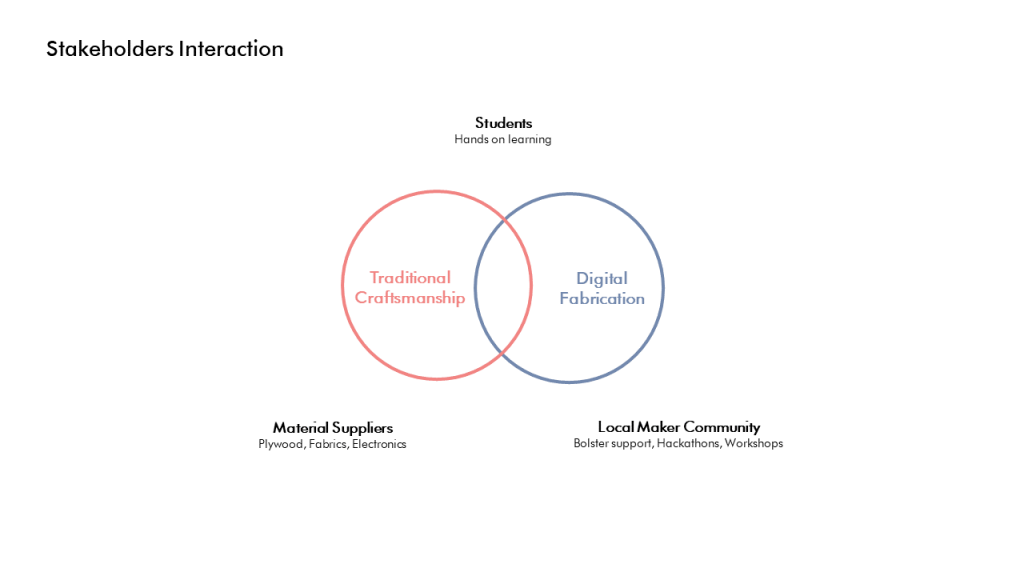
Although the makerspace is primarily intended for youth, it is also imagined that there will be two other stakeholder groups of Local Material Suppliers and the Local Maker Community who can utilise the facilities in the building.
Design Concept: The Grid
The idea of a makerspace has always been about creation and sharing of knowledge, practices, and ideas among the young users. Learning is derived from one another, each latching onto each other to form an amalgamation of works. As the project’s main program, I felt that it would be a good analogy to represent this conceptually as a grid — the makerspace is the skeletal structure and users are the content within.
This is expressed through the idea of “The Grid”, where a fixed structure serves as a guide for variations to come. It is represented in four increasing scales of spaces in which users can engage: Display Furniture (S) Exchange Pods (M), Reconfigurable Prototyping Space (L), Exterior Facade & Balconies (XL).
Design
Floor Plans
Sections & Exploded Axons
Details
A series of custom furniture pieces for the makerspace were designed such that they convey the overall building design concept of “The Grid”.
Elevations & Renders
Drawing inspiration from the project site’s adjacent buildings, I decided to extend the rectangular language of the balcony perforations to my building design. Consequently, the façade is a rectangular grid, with the beam dimensioned to conceal the floor slabs. In doing so, it also extends the orthogonality of the interior floor plans onto the exterior façade.
The façade is imagined to be a mix of wood-printed aluminium and concrete. The use of wood imagery pays homage to the typical local workshop as well as the expansive plywood industry in Cambodia. As Cambodia has a tropical climate, aluminium and concrete are proposed to withstand wet weather and humidity.
Original source from: http://asd.courses.sutd.edu.sg/option-studio-two/2021/08/15/week-13-phnom-penh-cambodia-makerspace-for-youths/
Categories: 20.112 Sustainable Design Option Studio 2, Core Modules, Curriculum Projects, Research and Projects, Student Projects, Sustainable Design Option Studios
